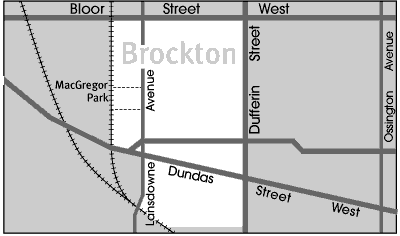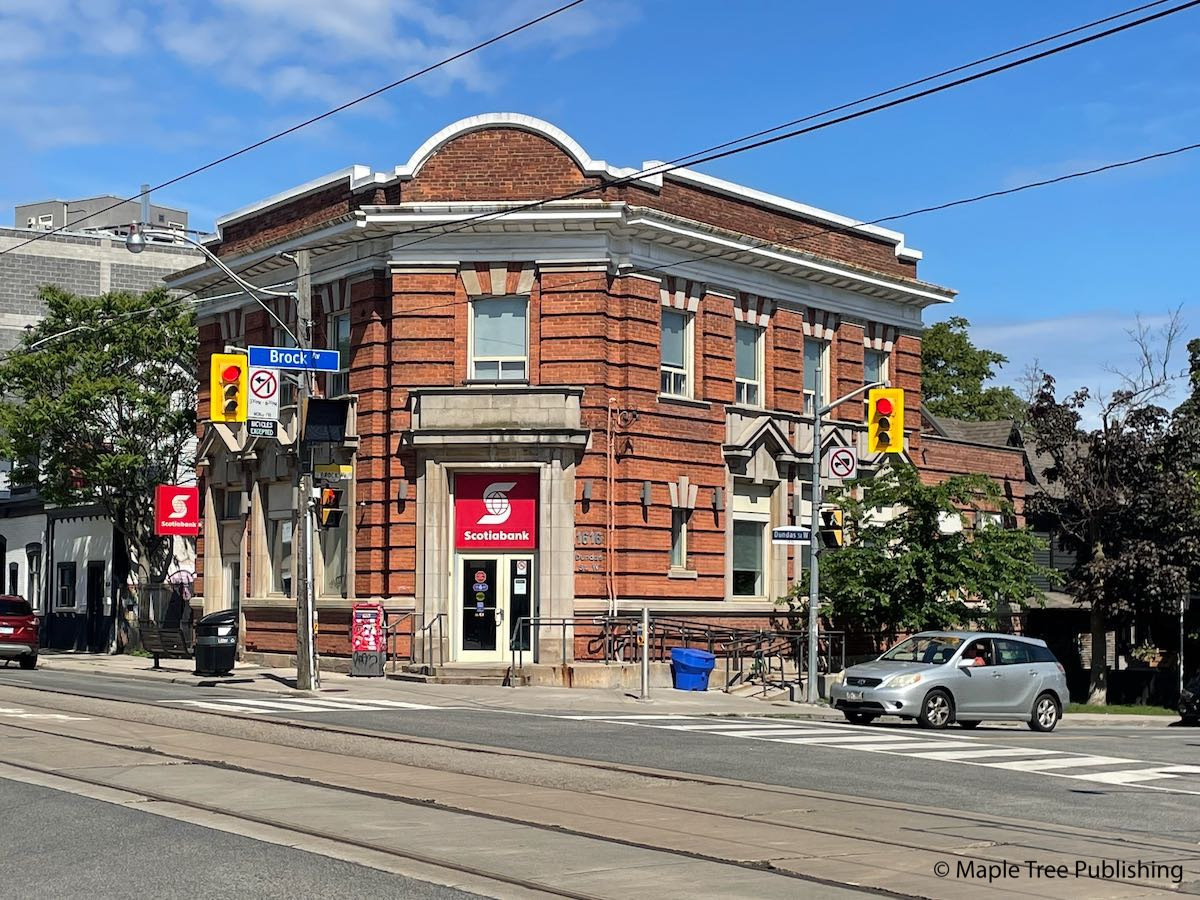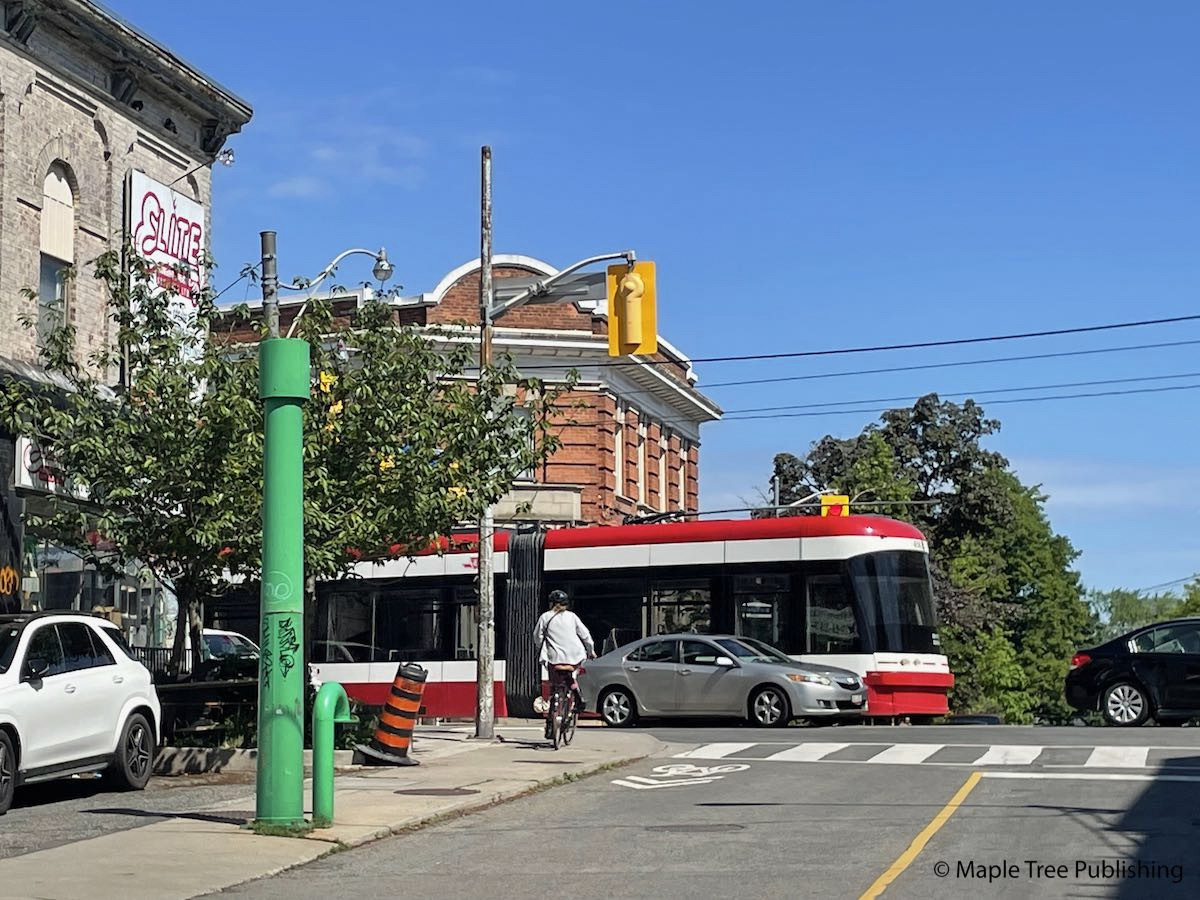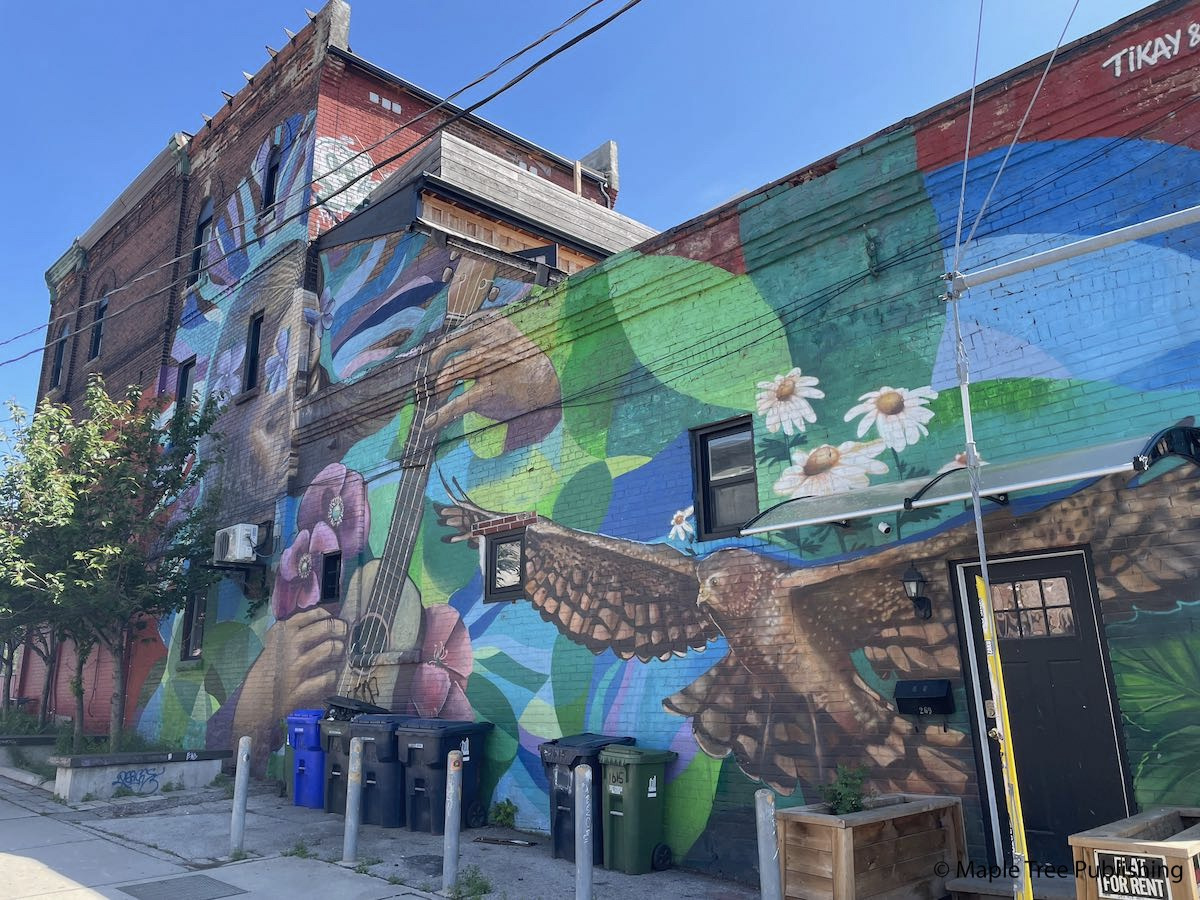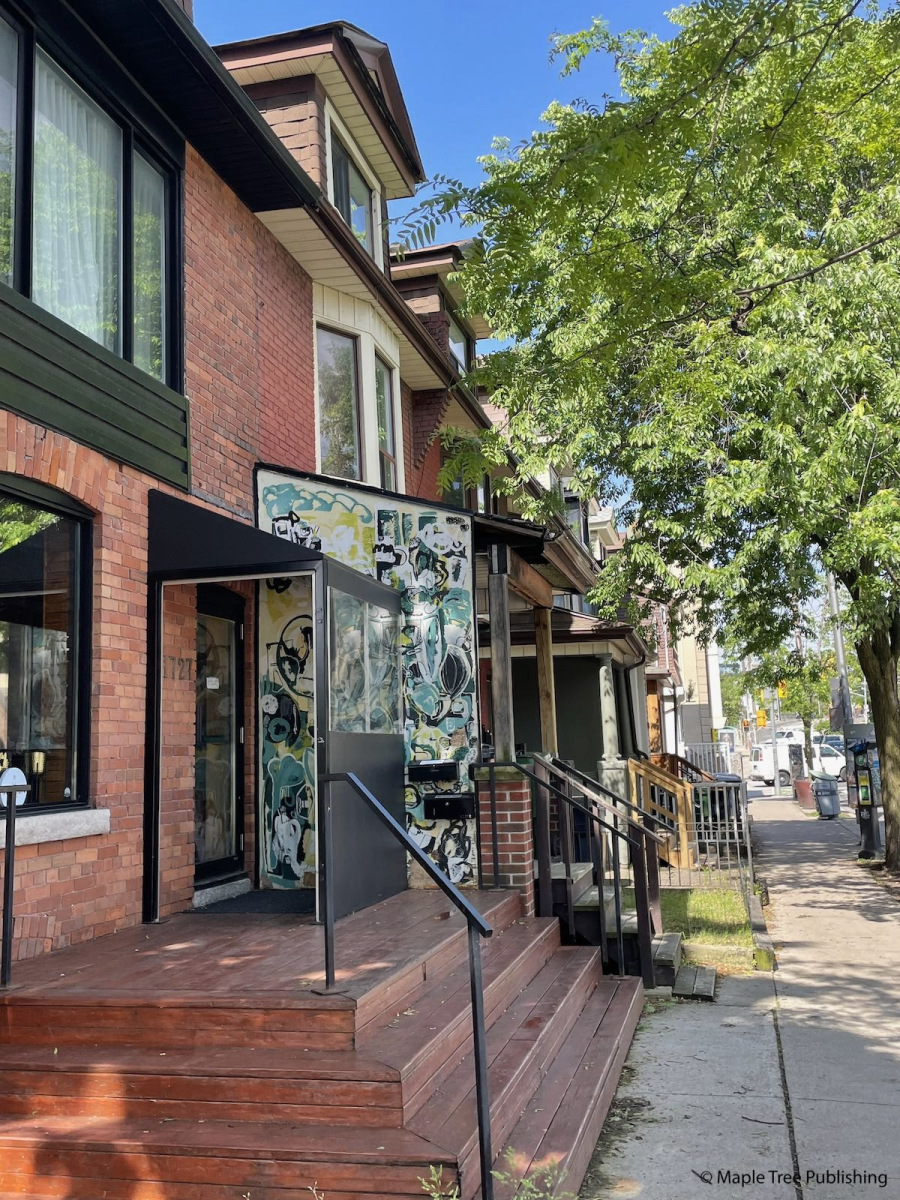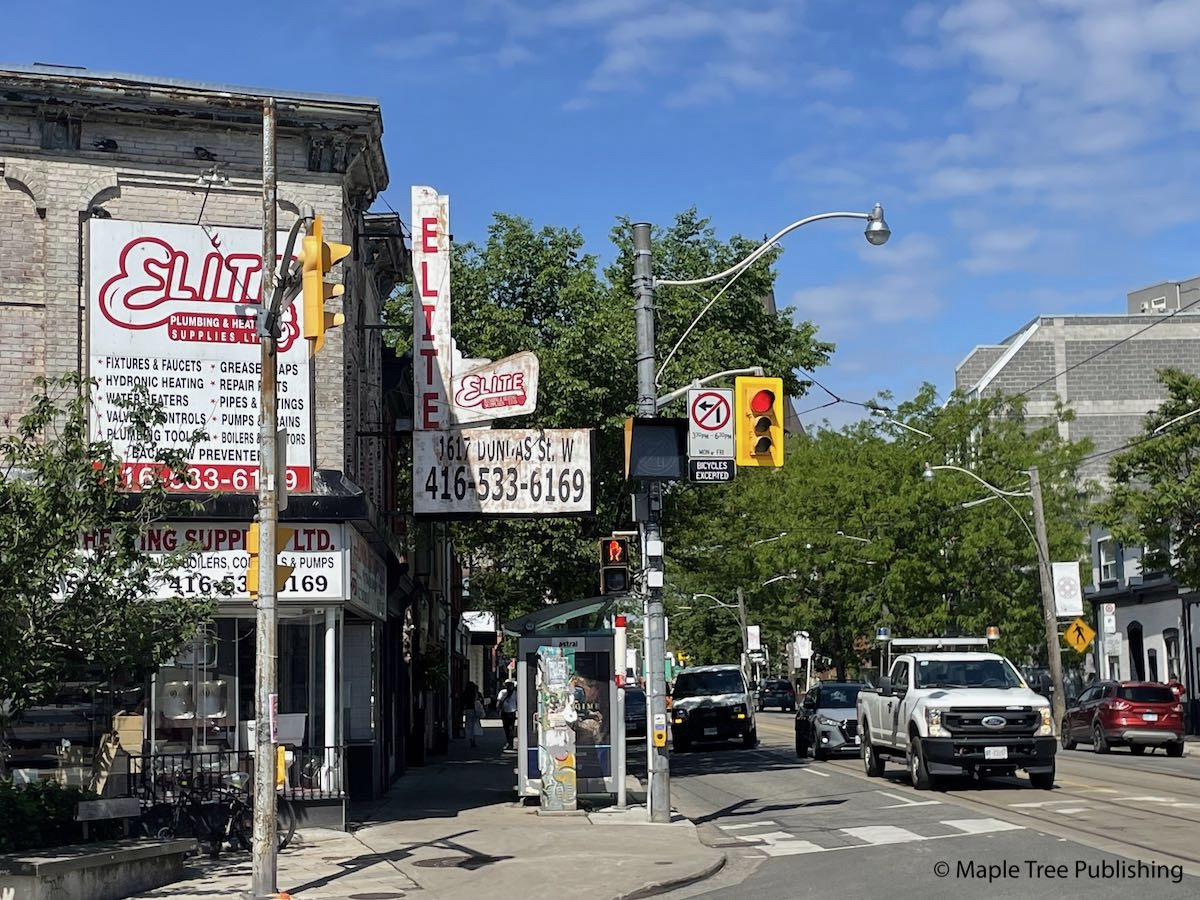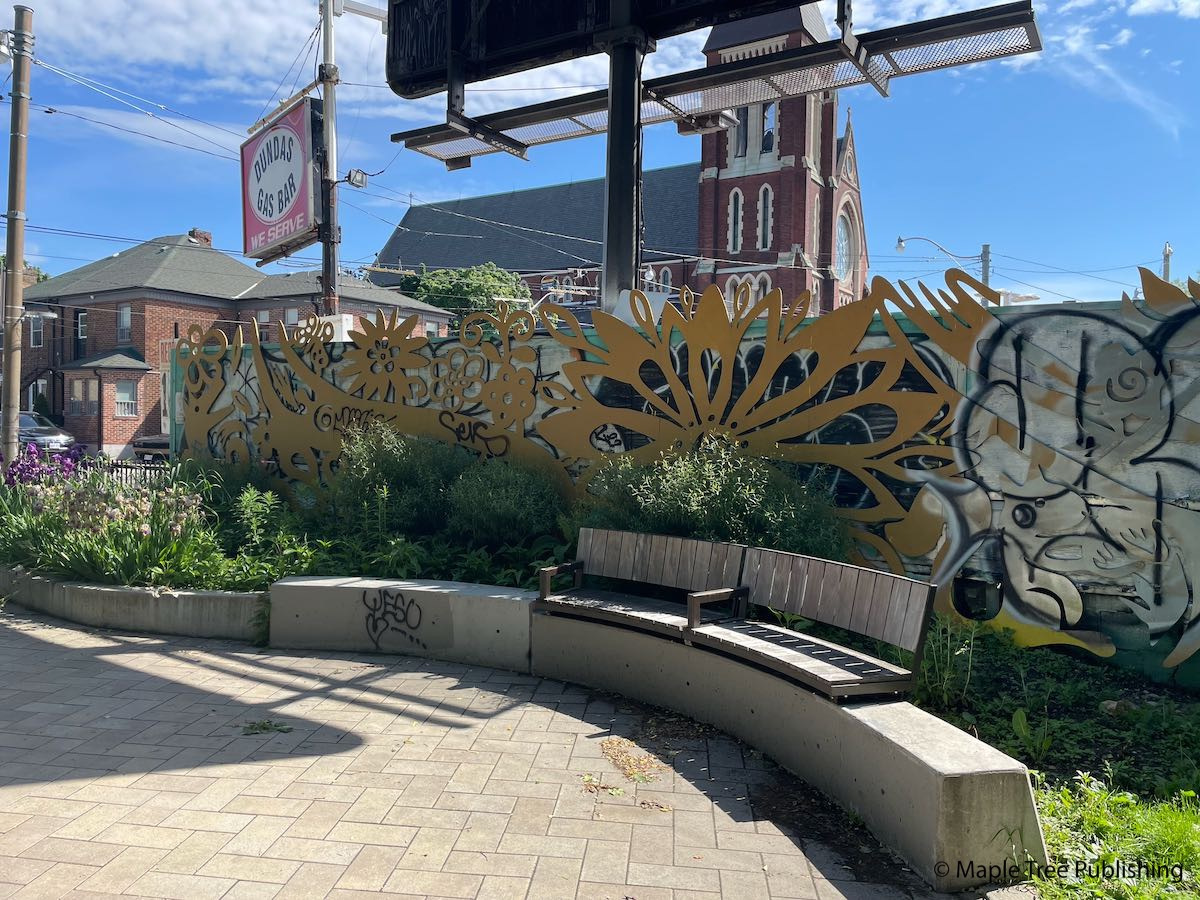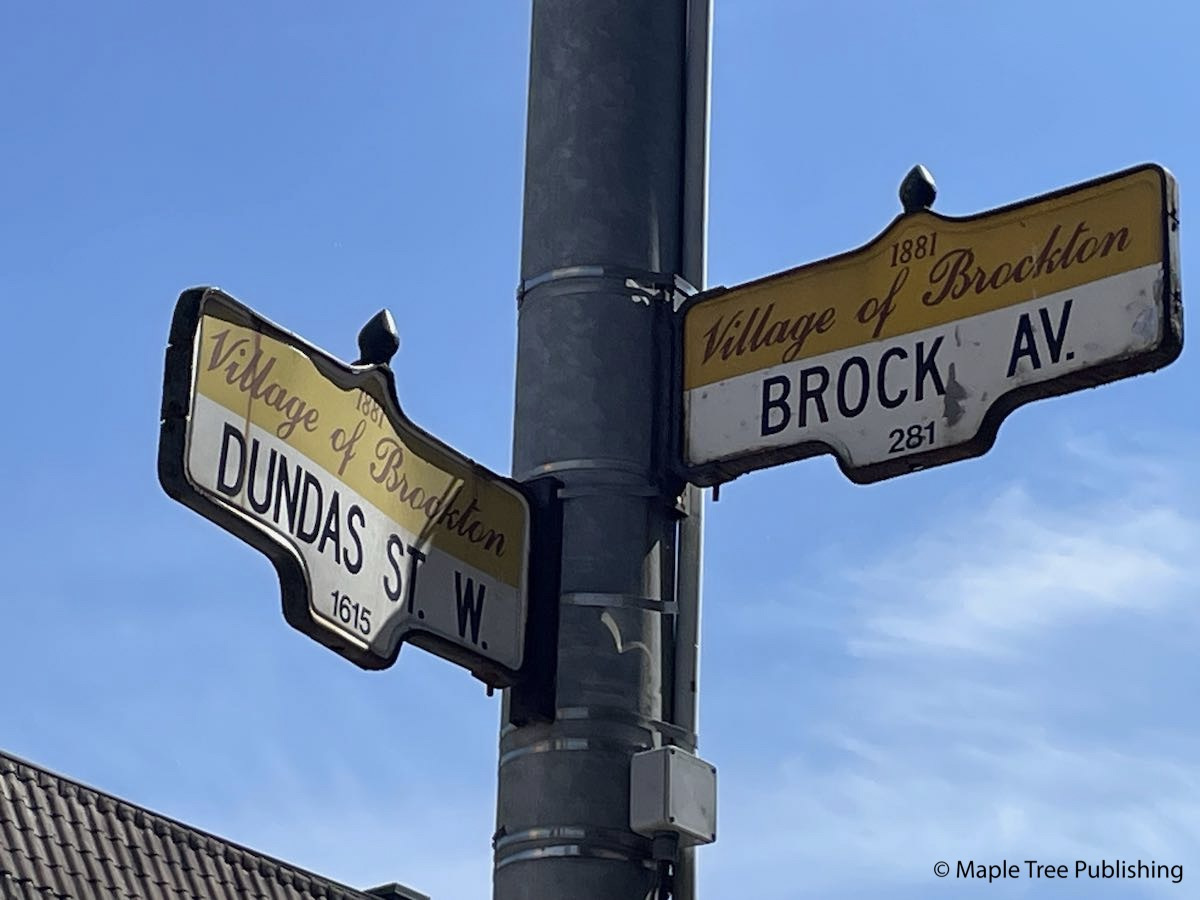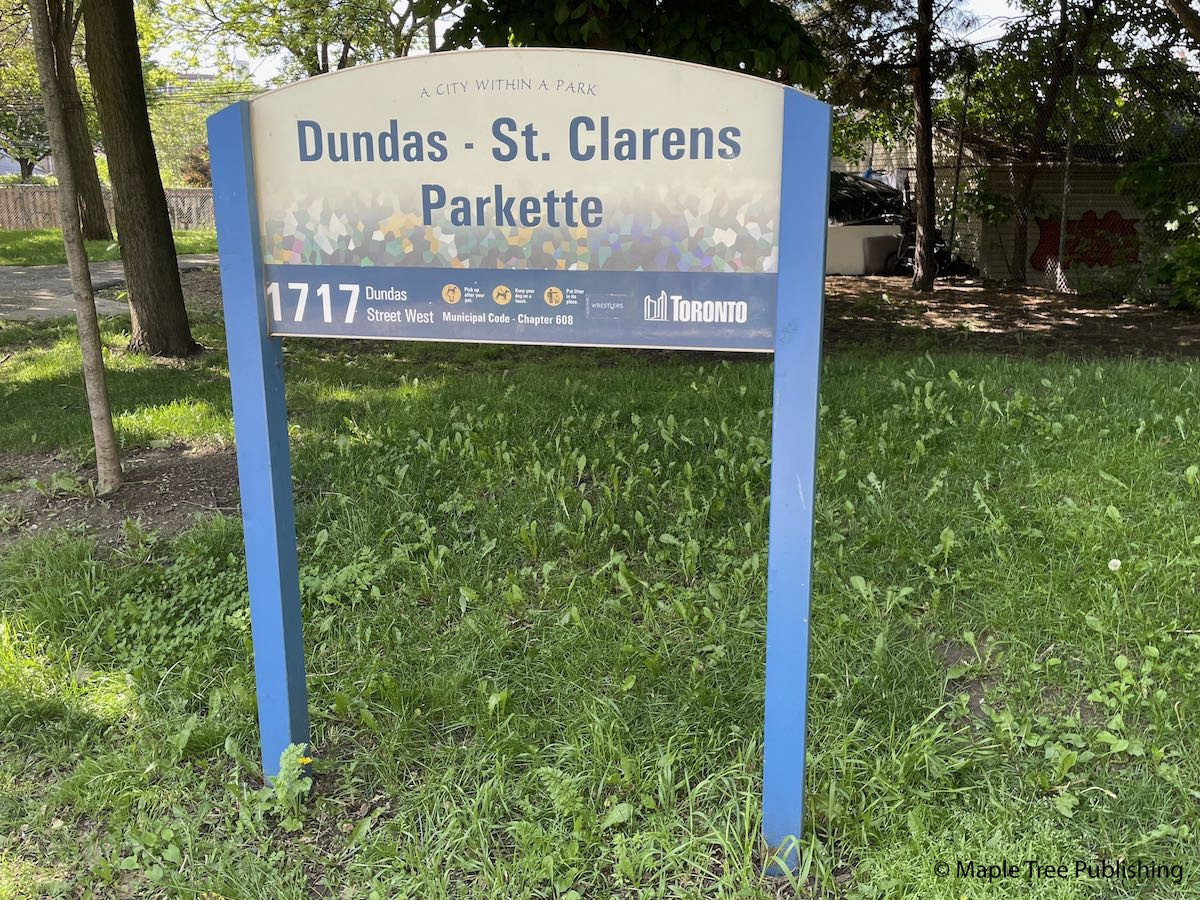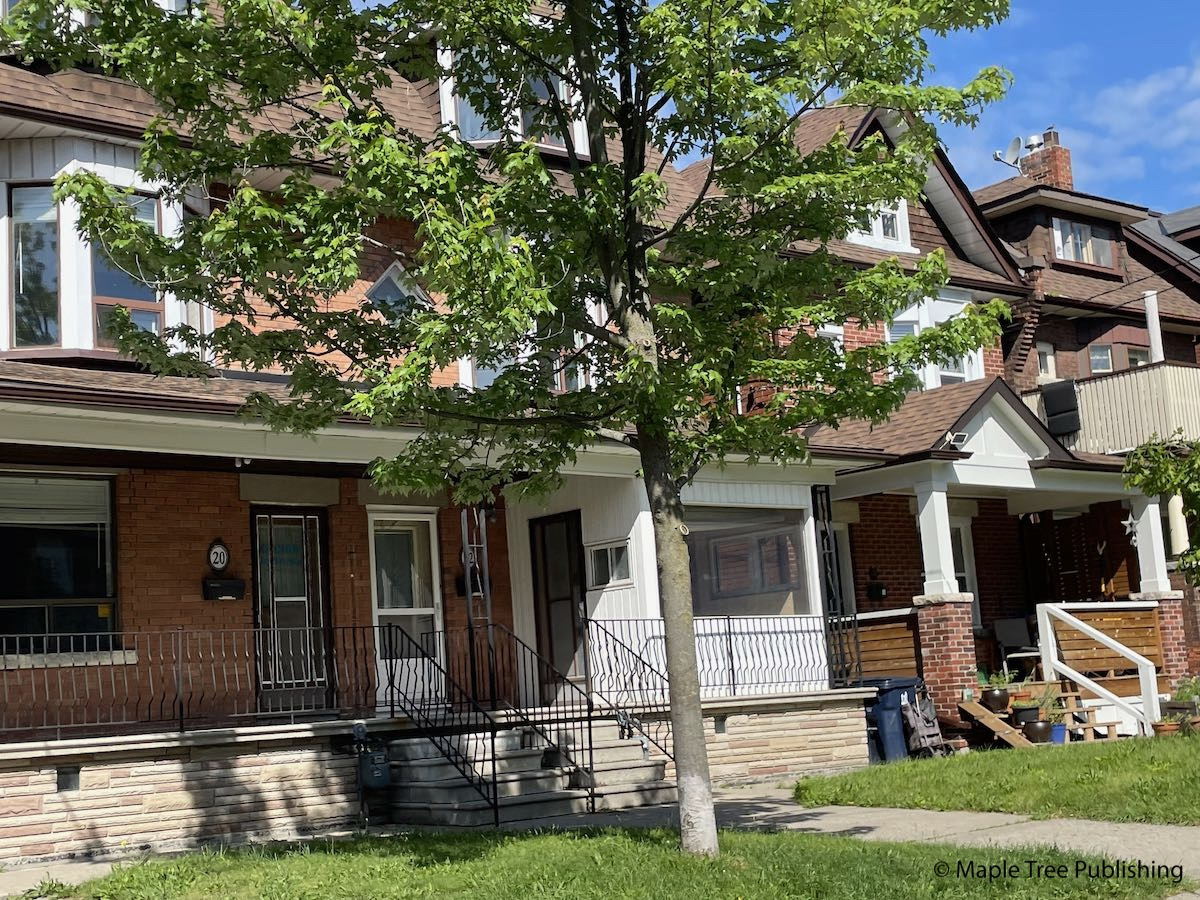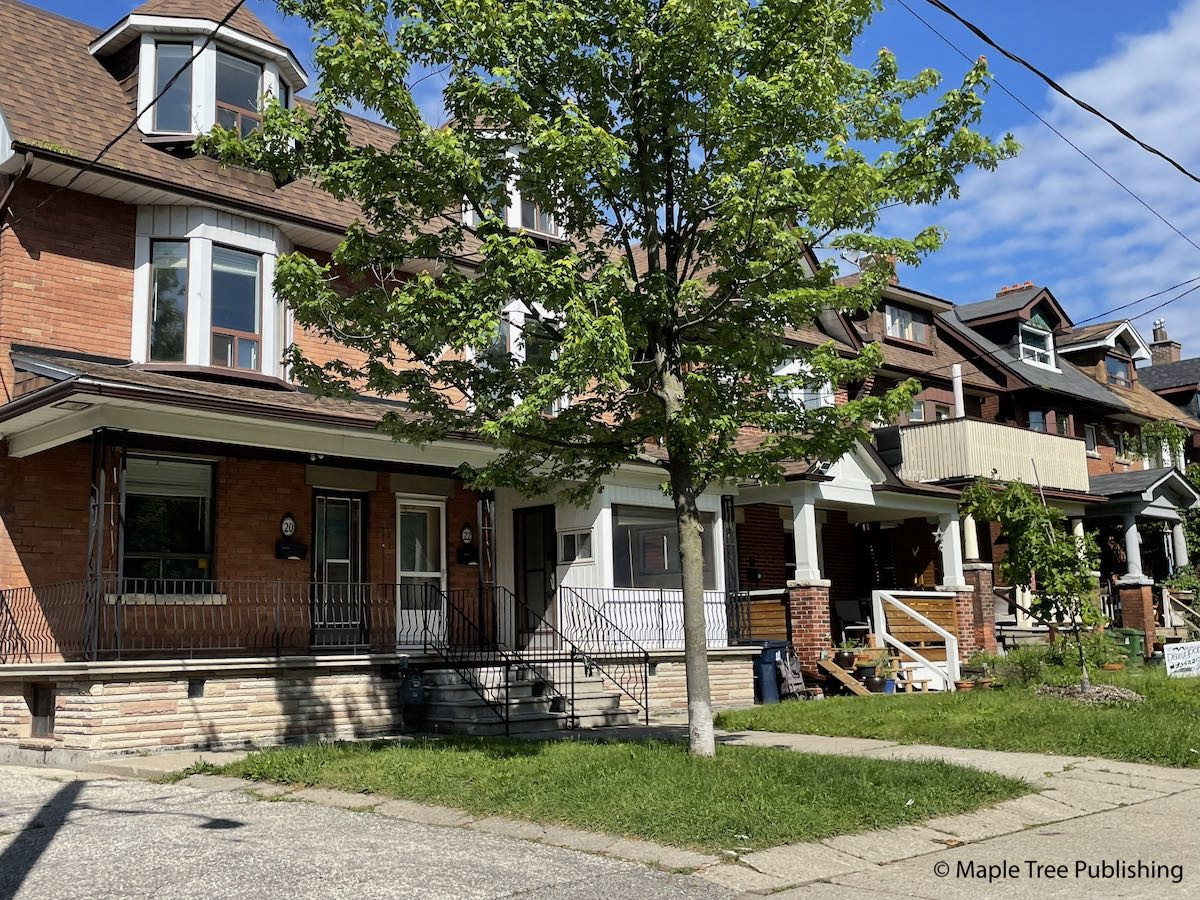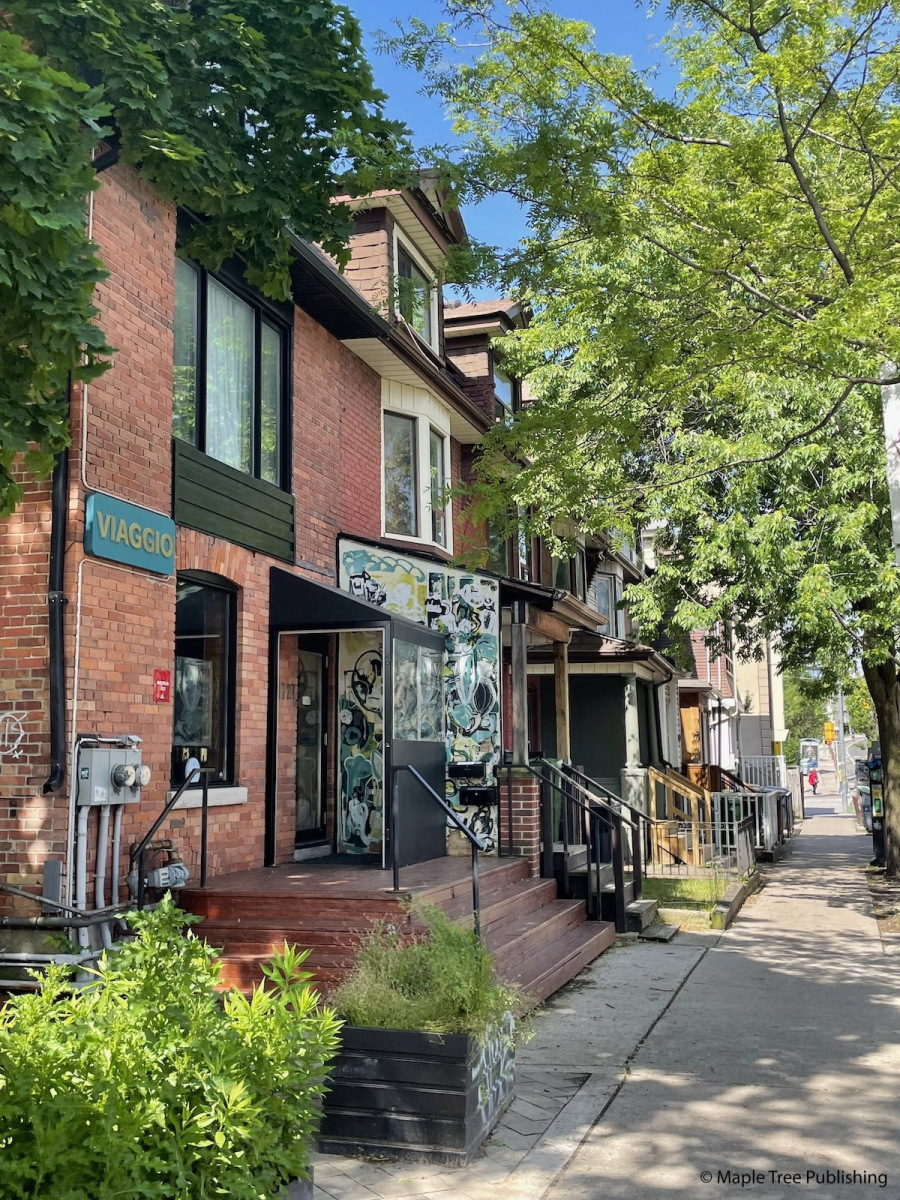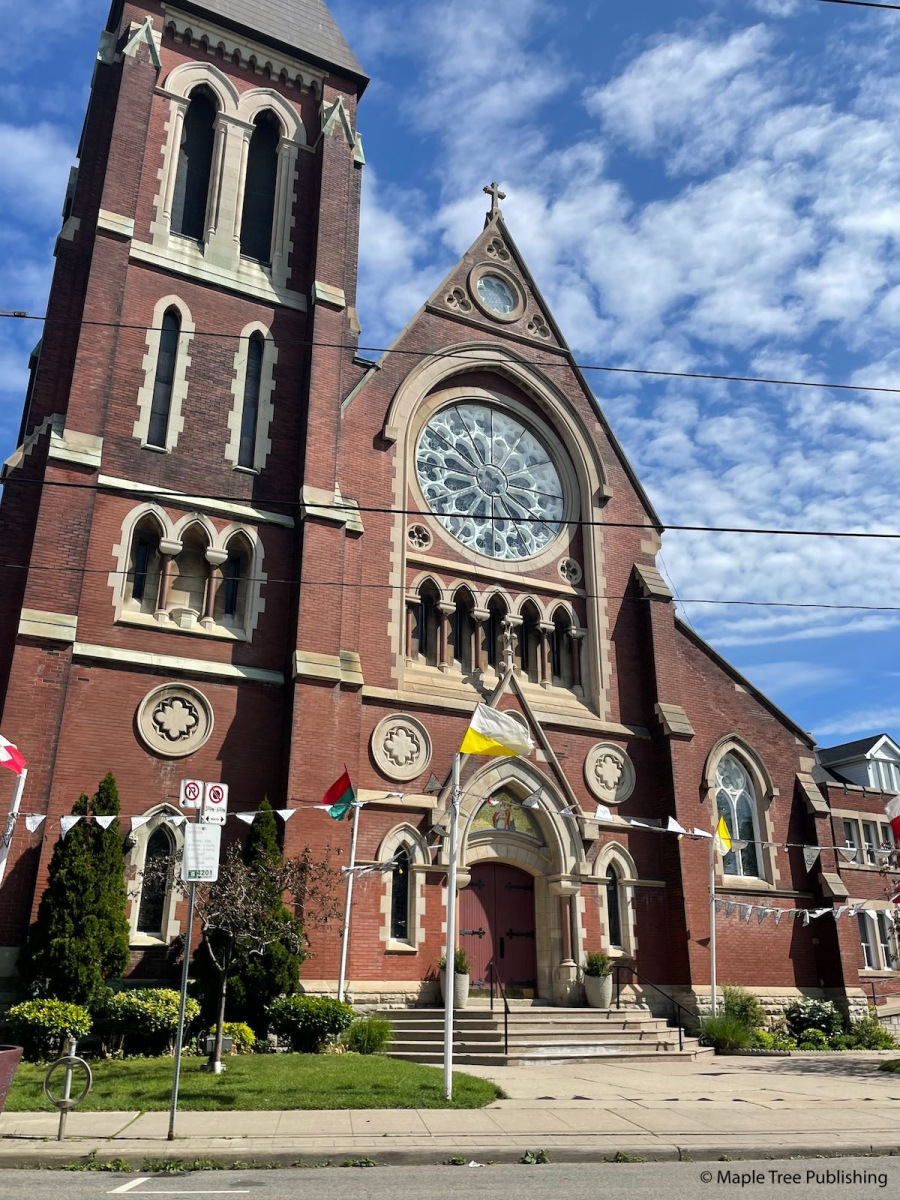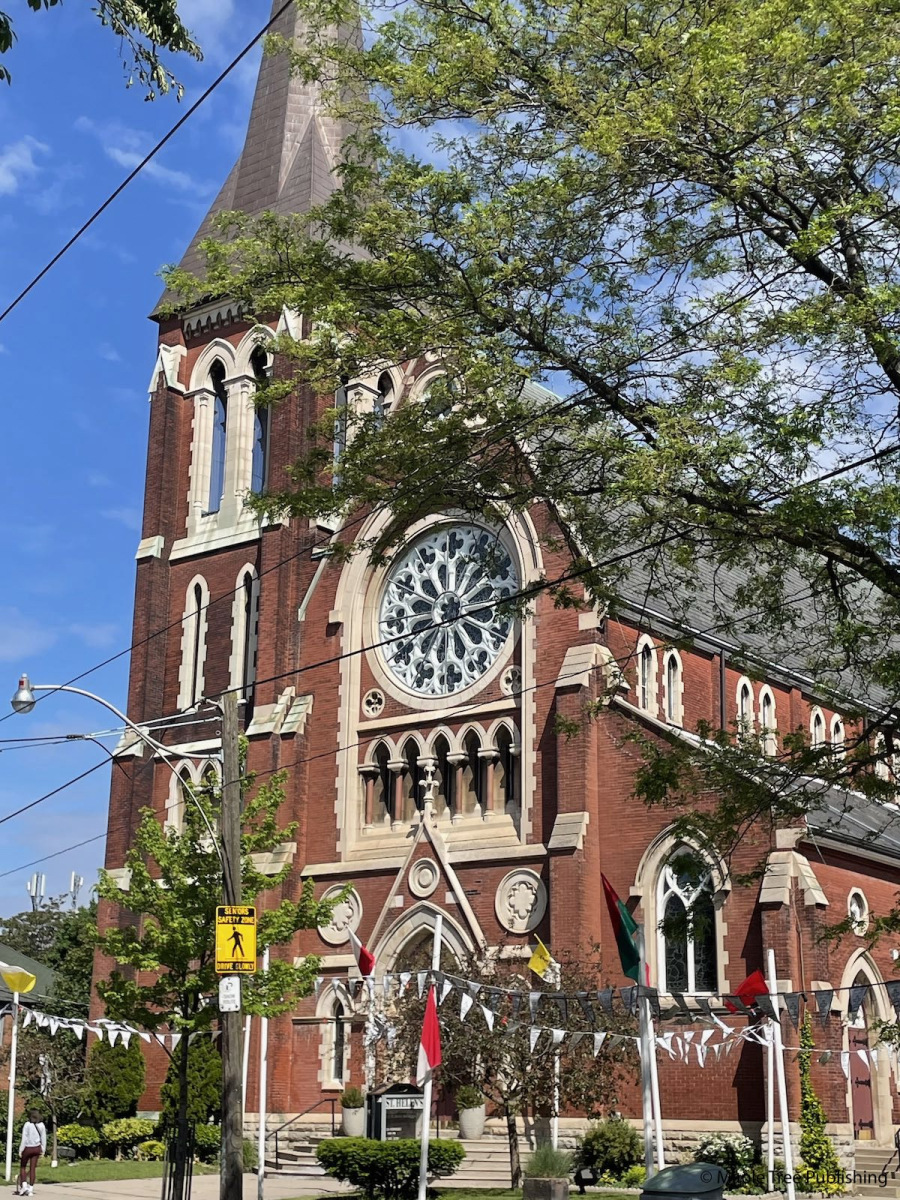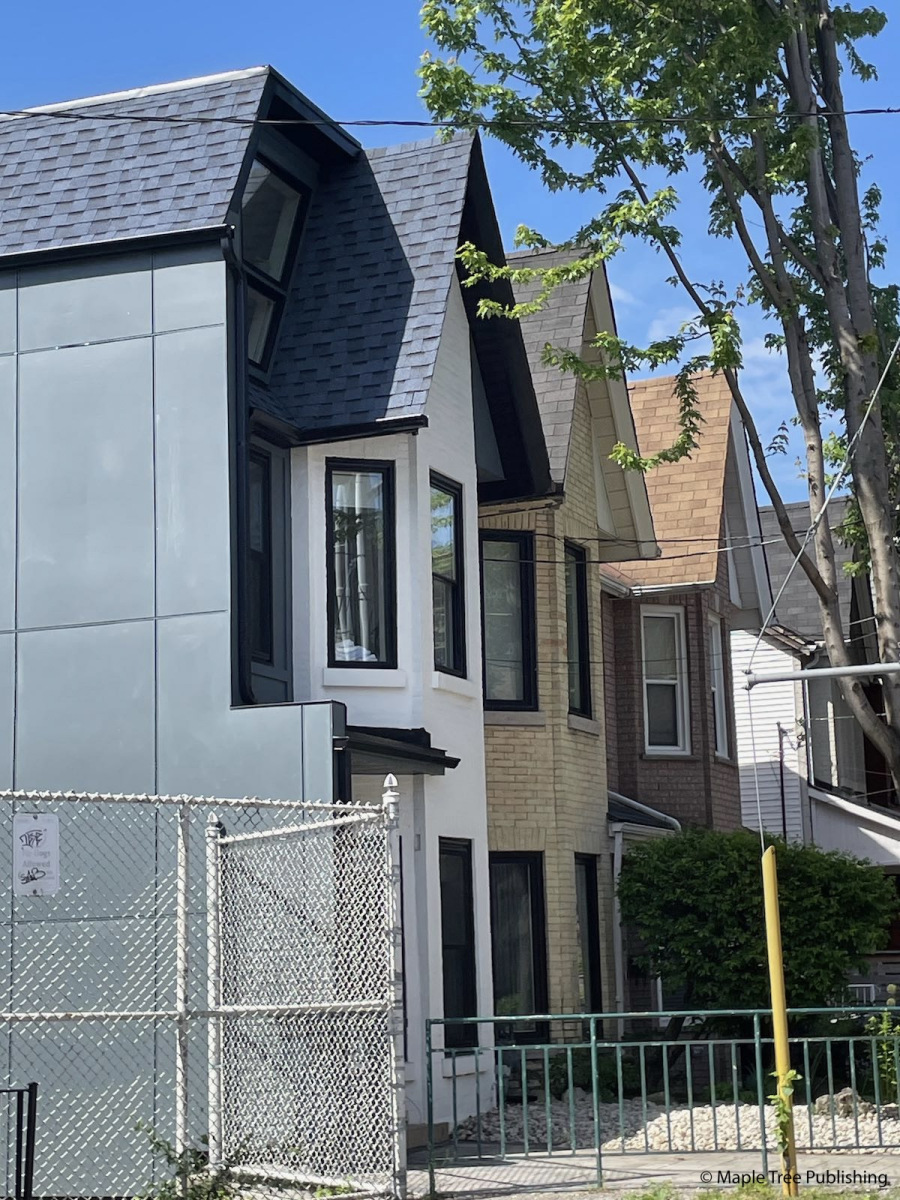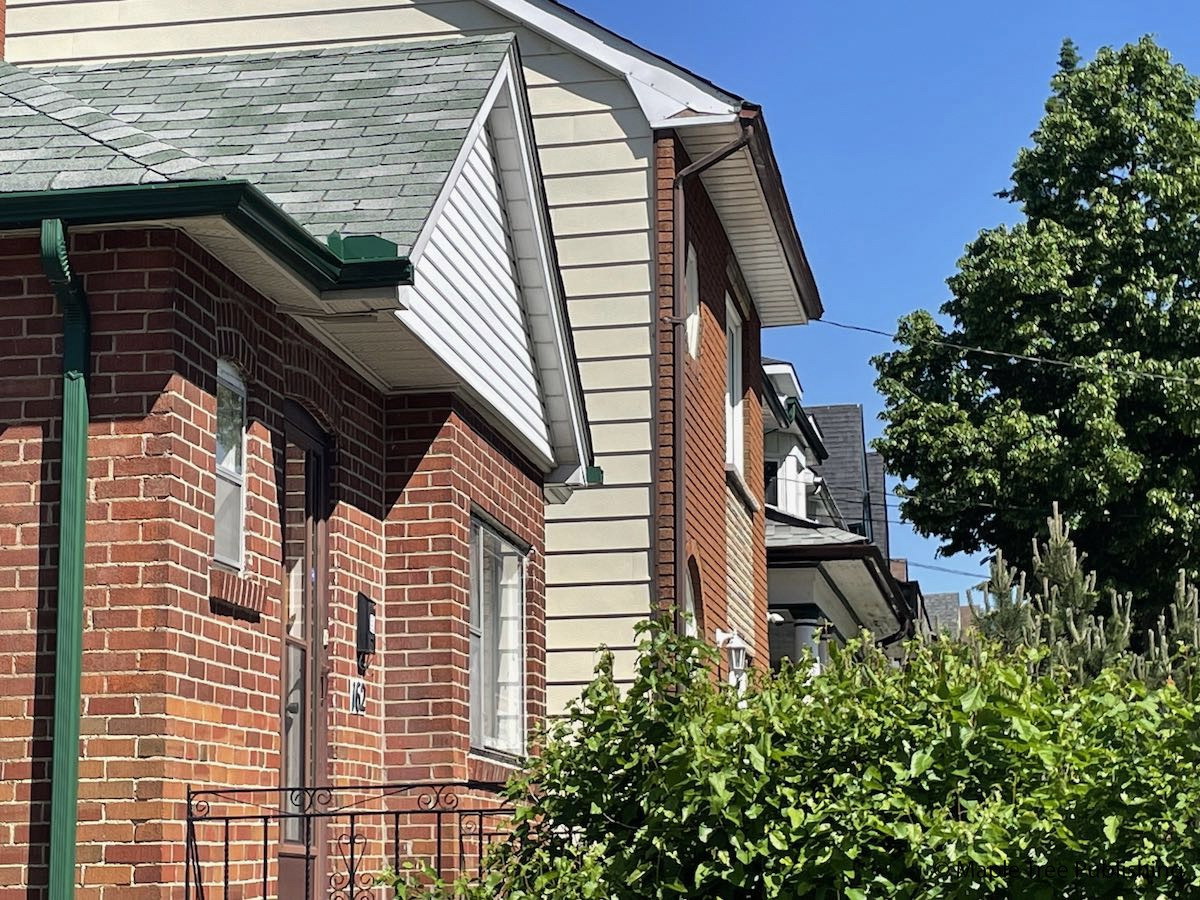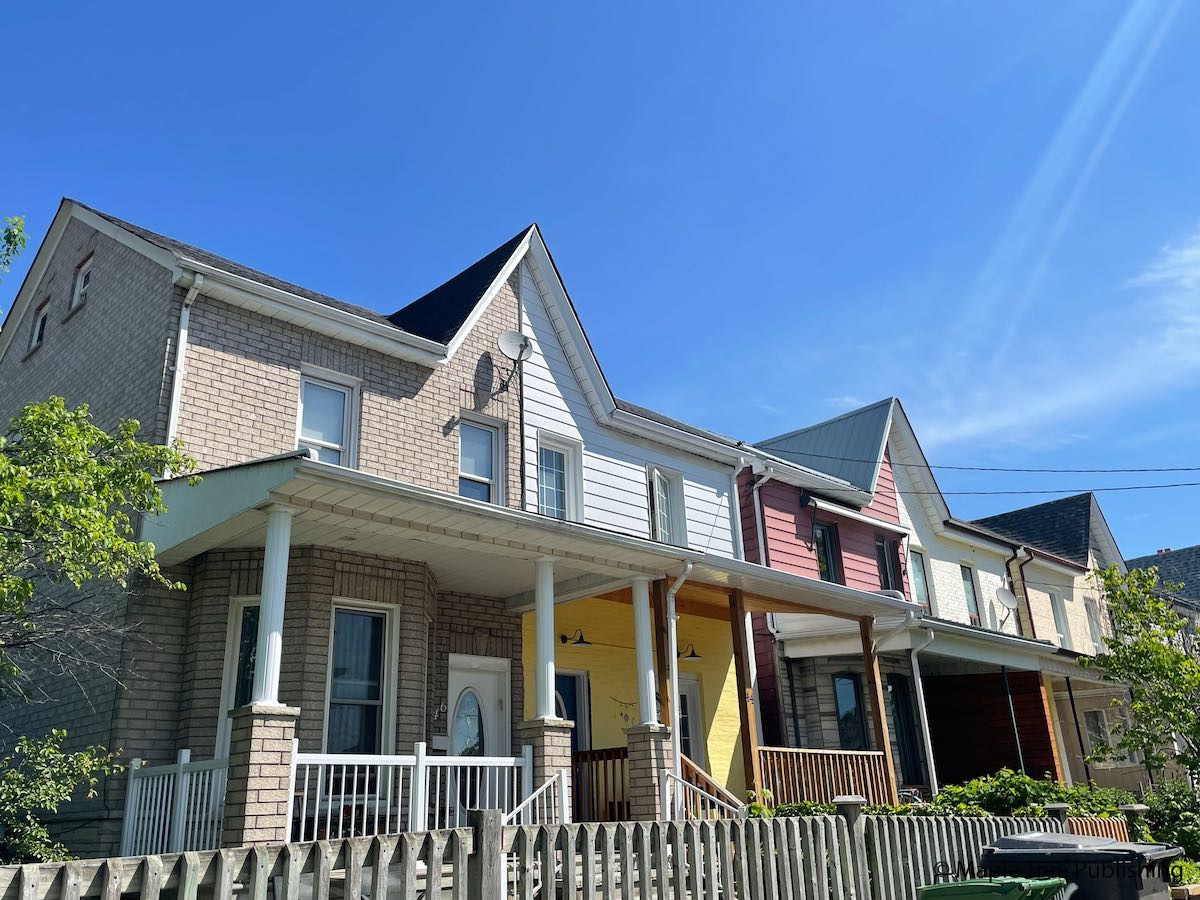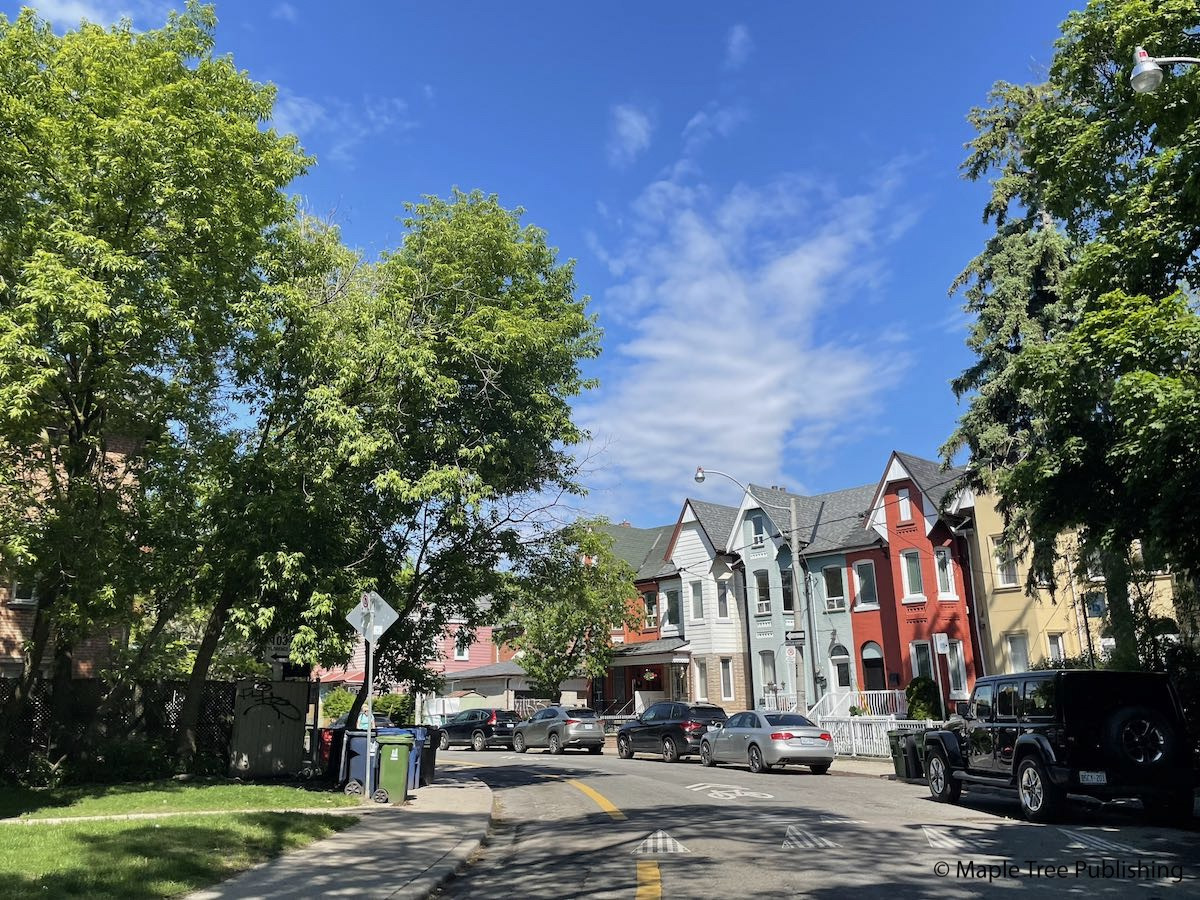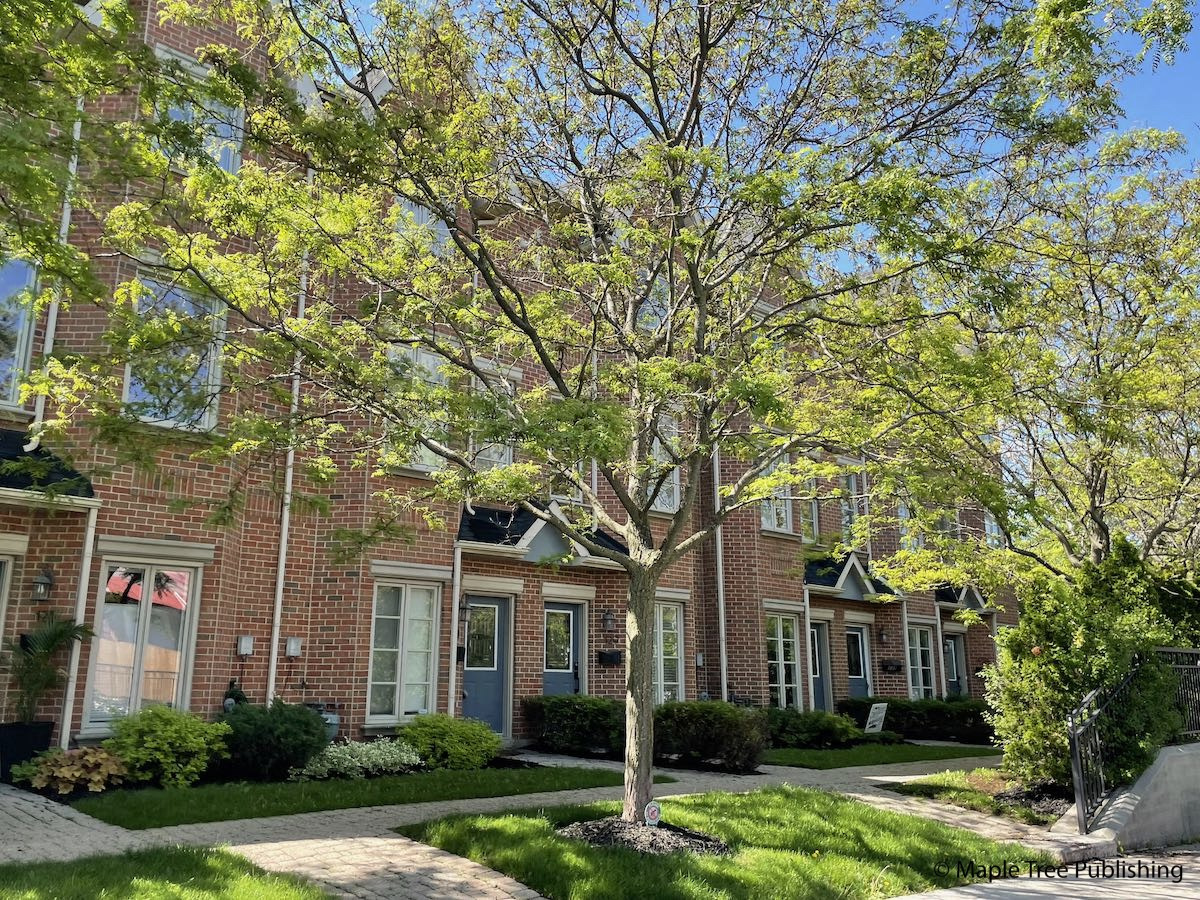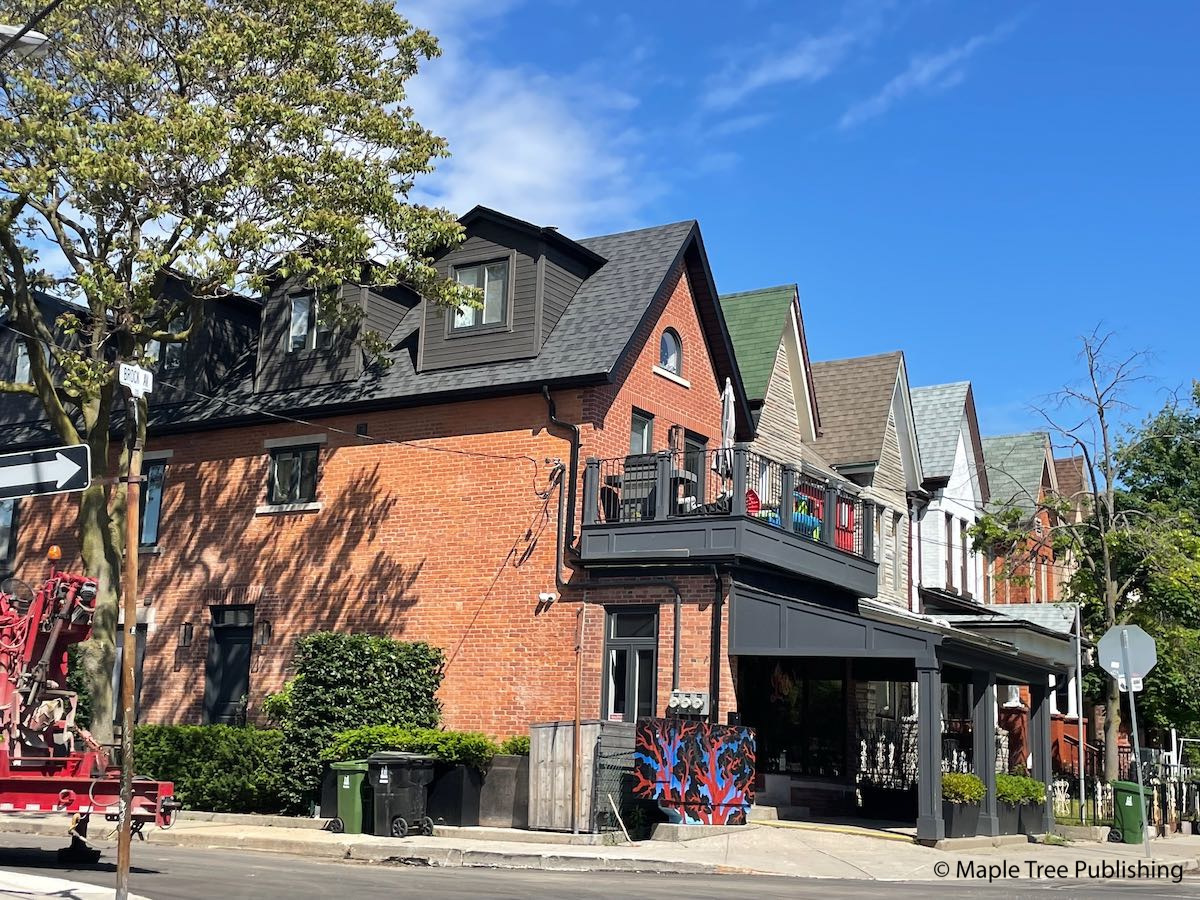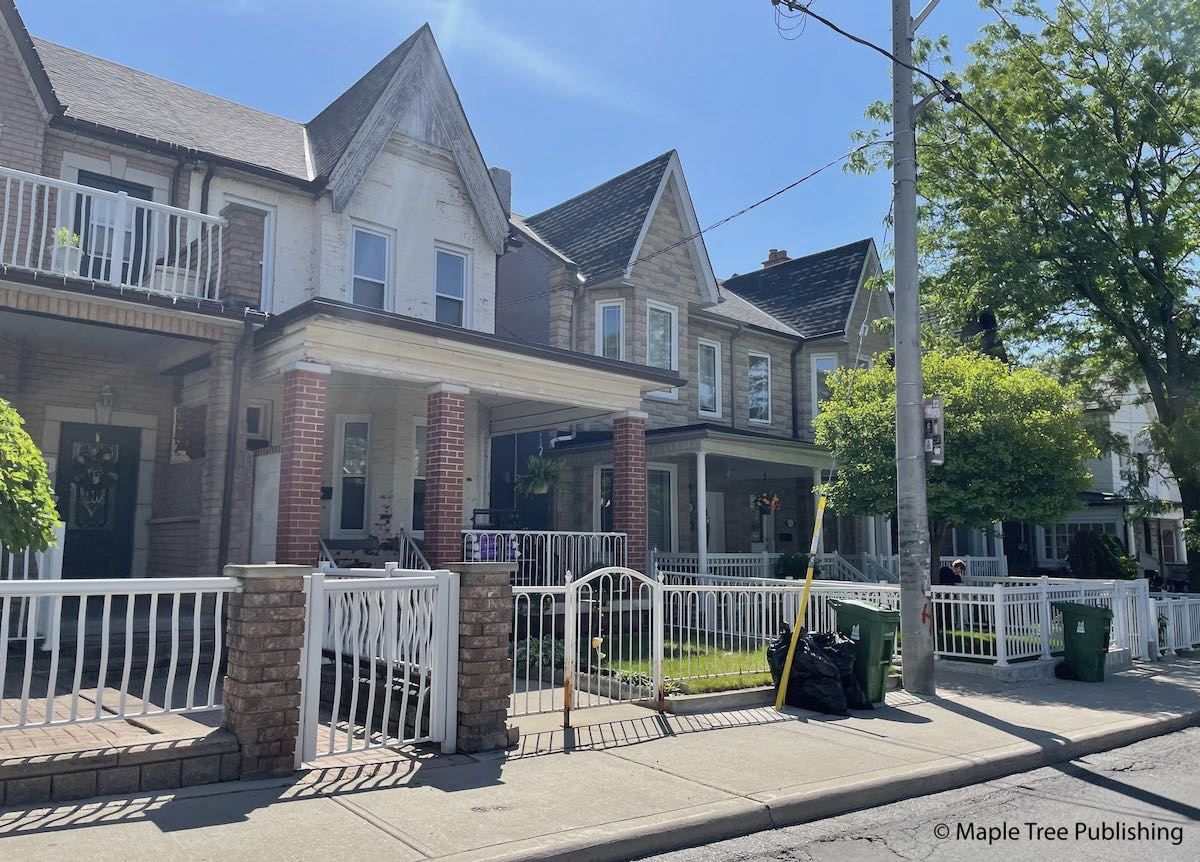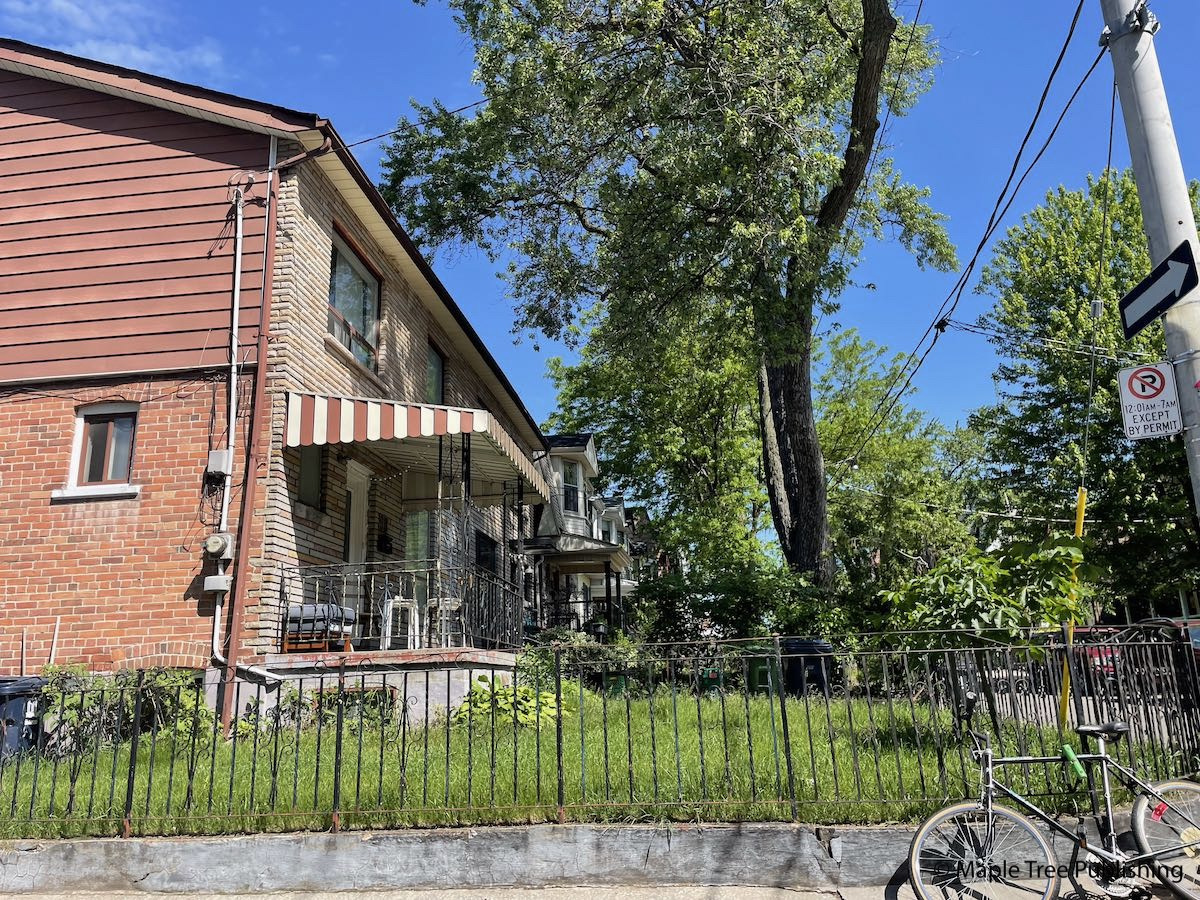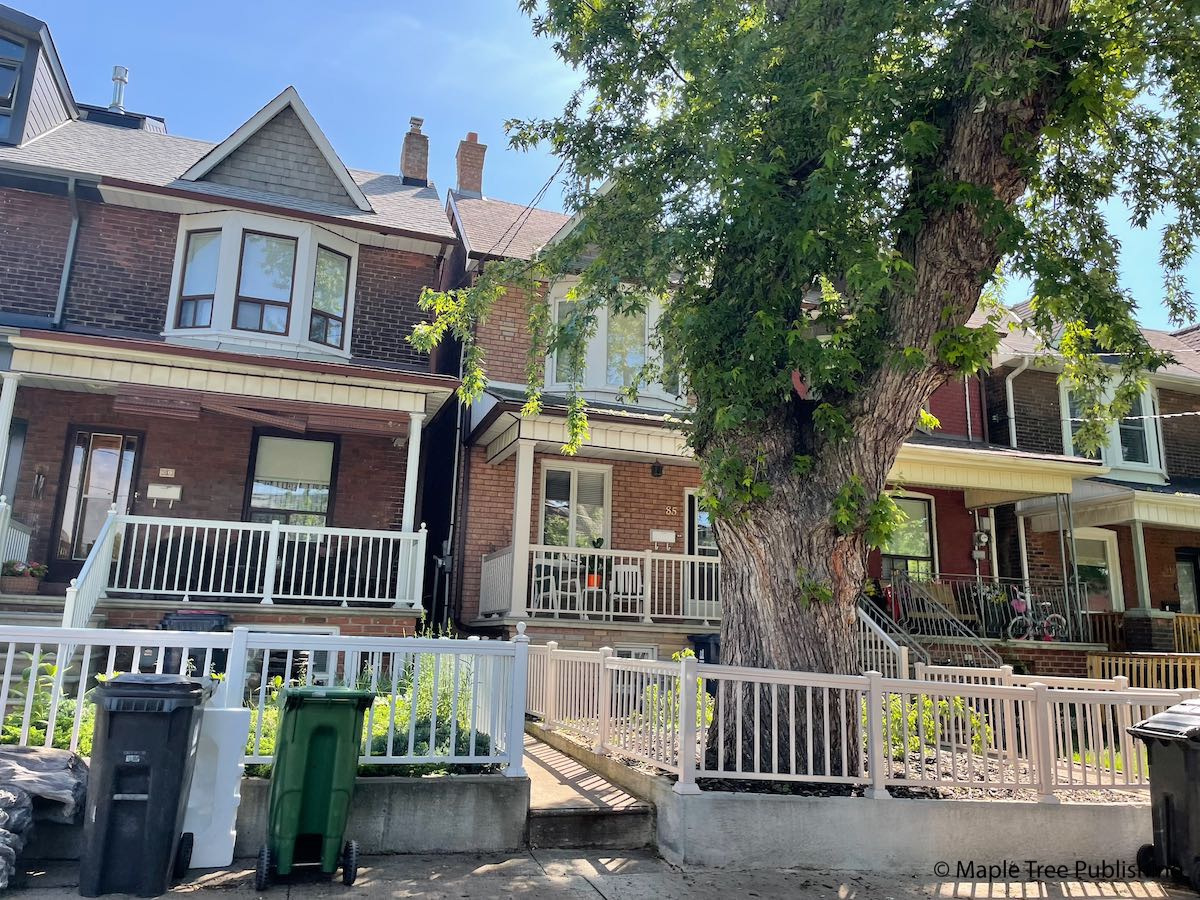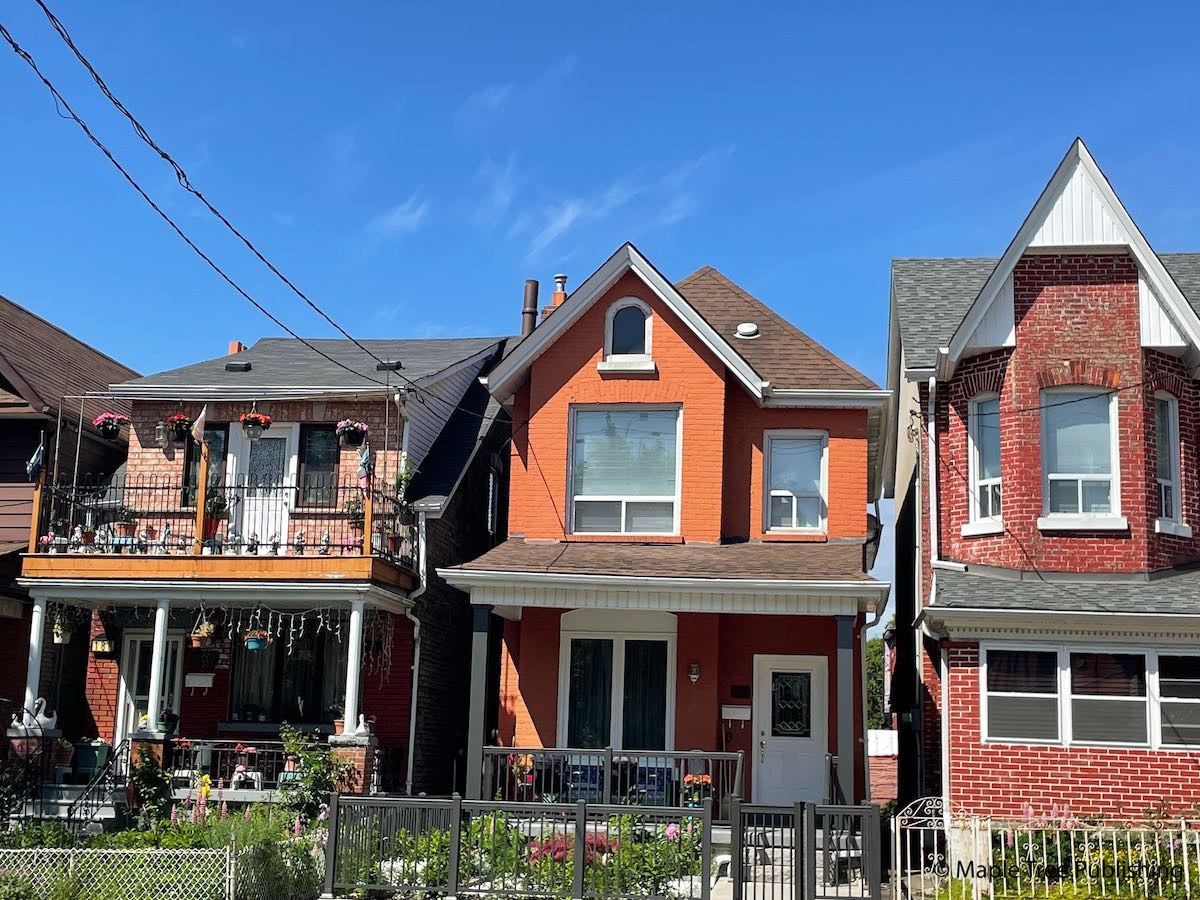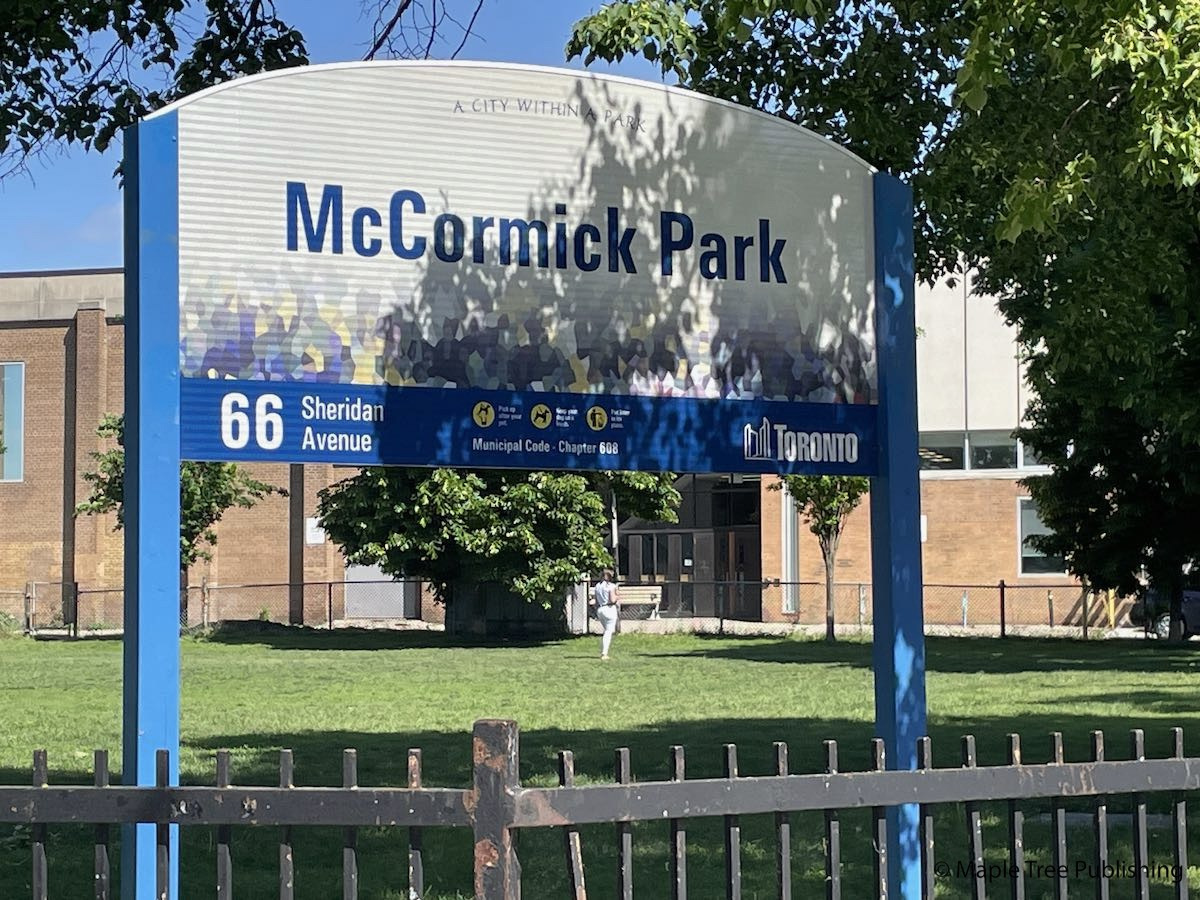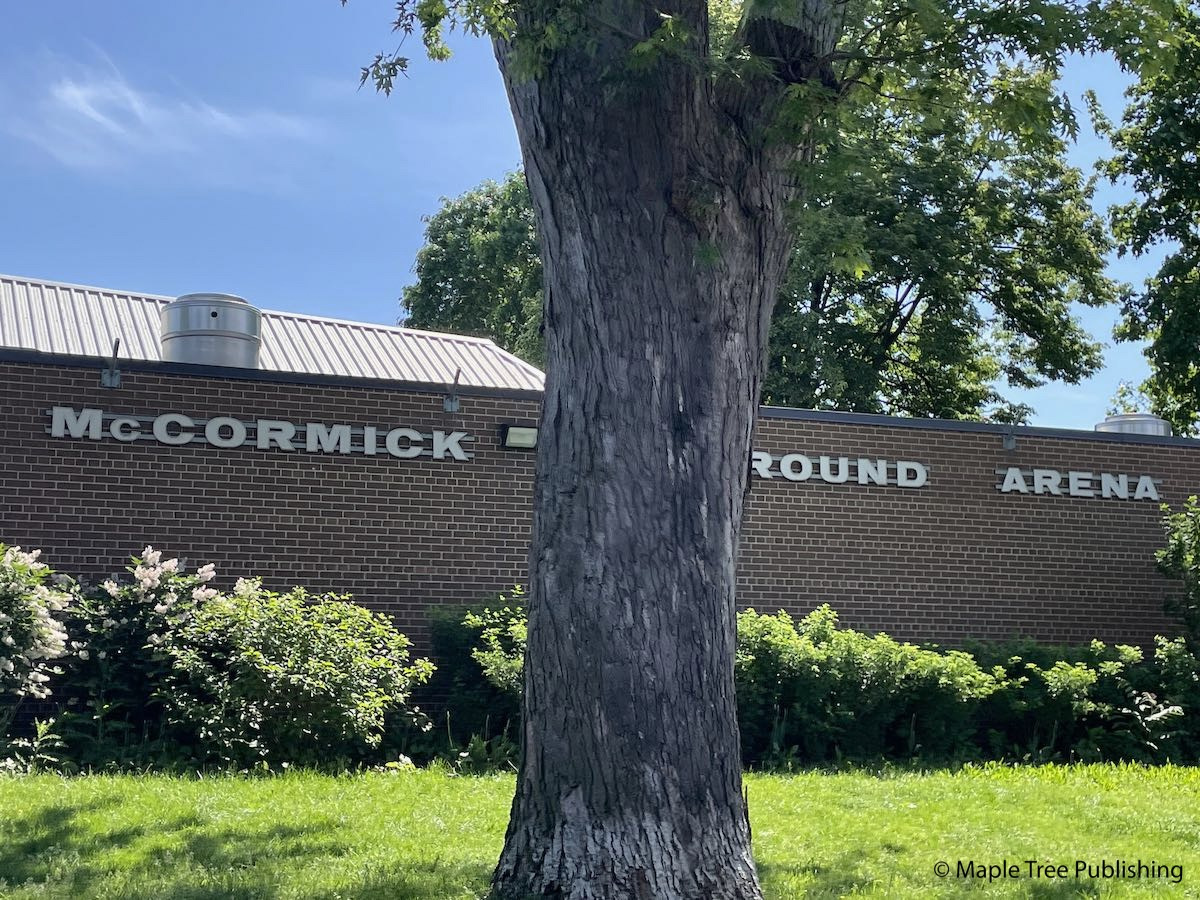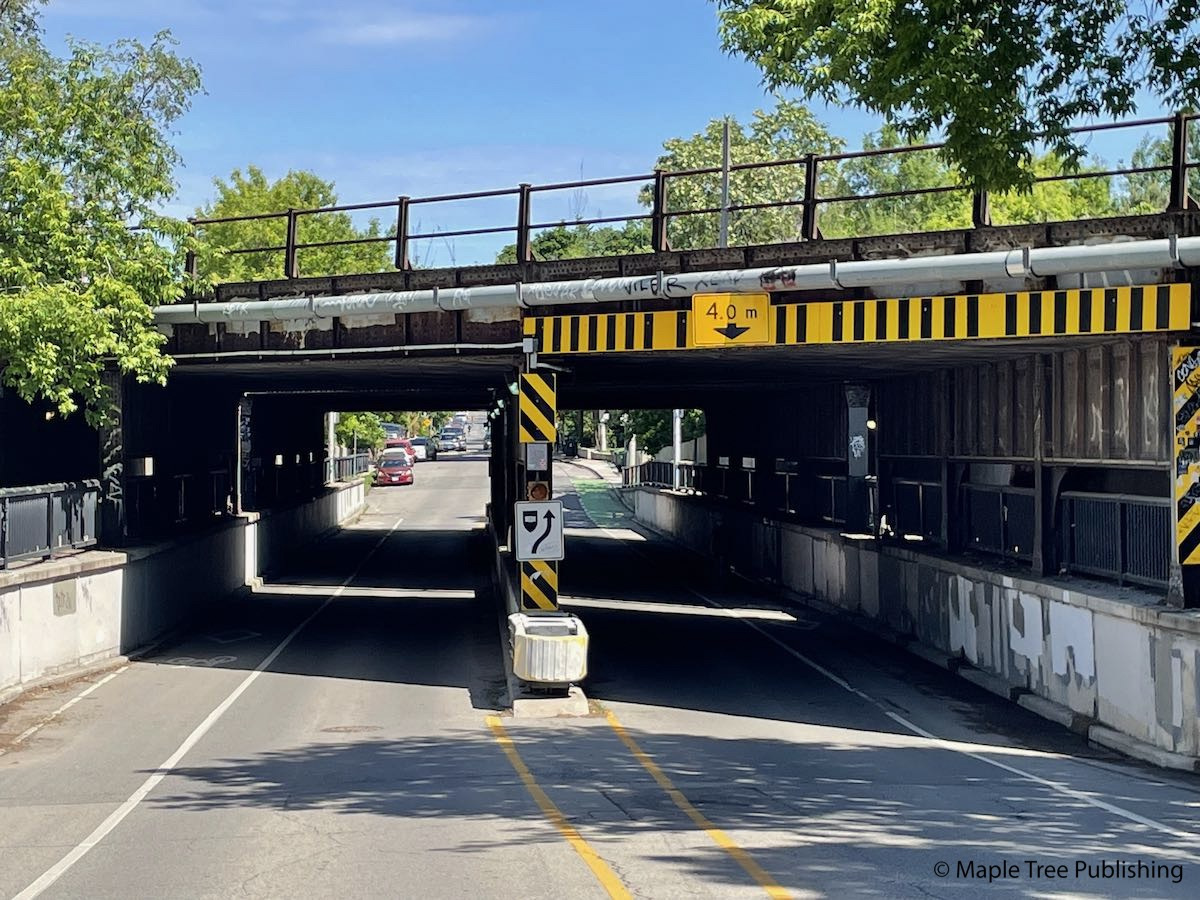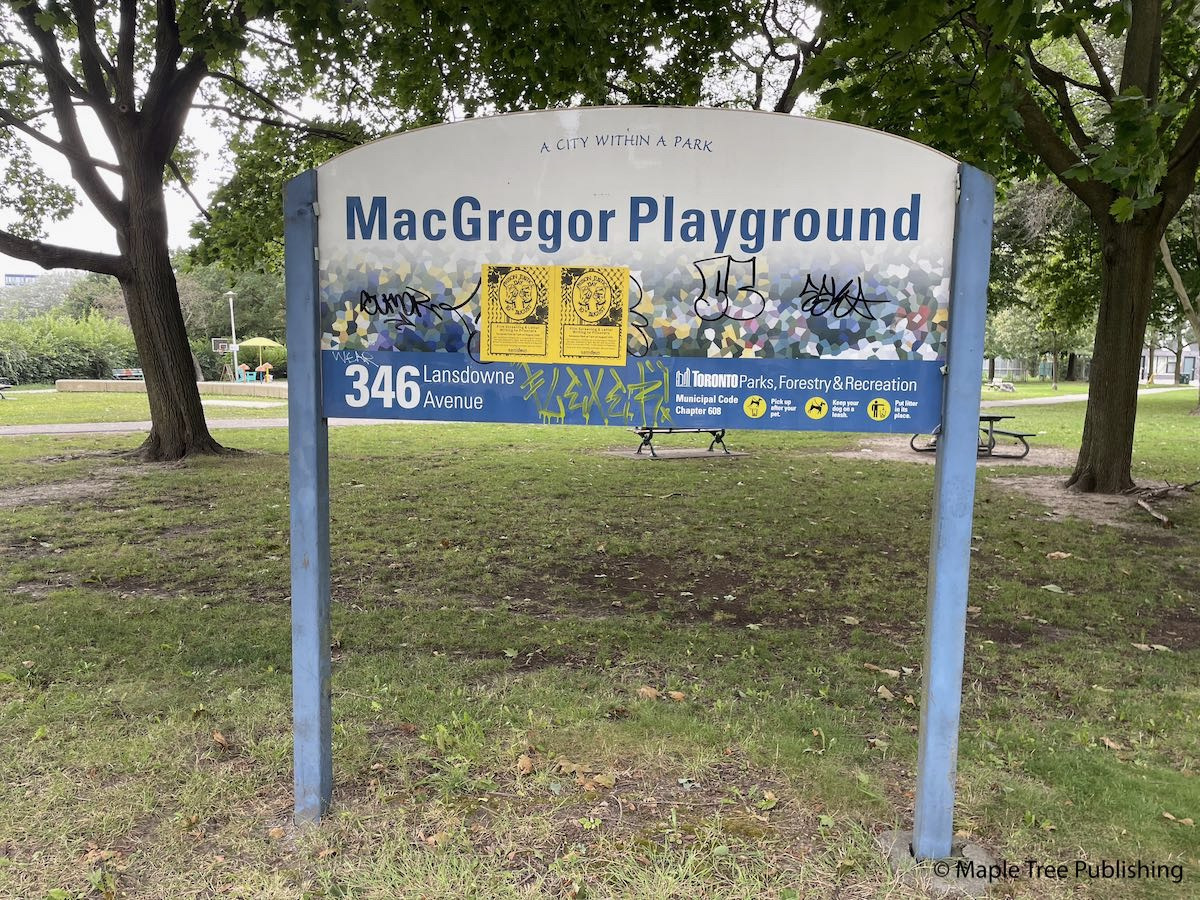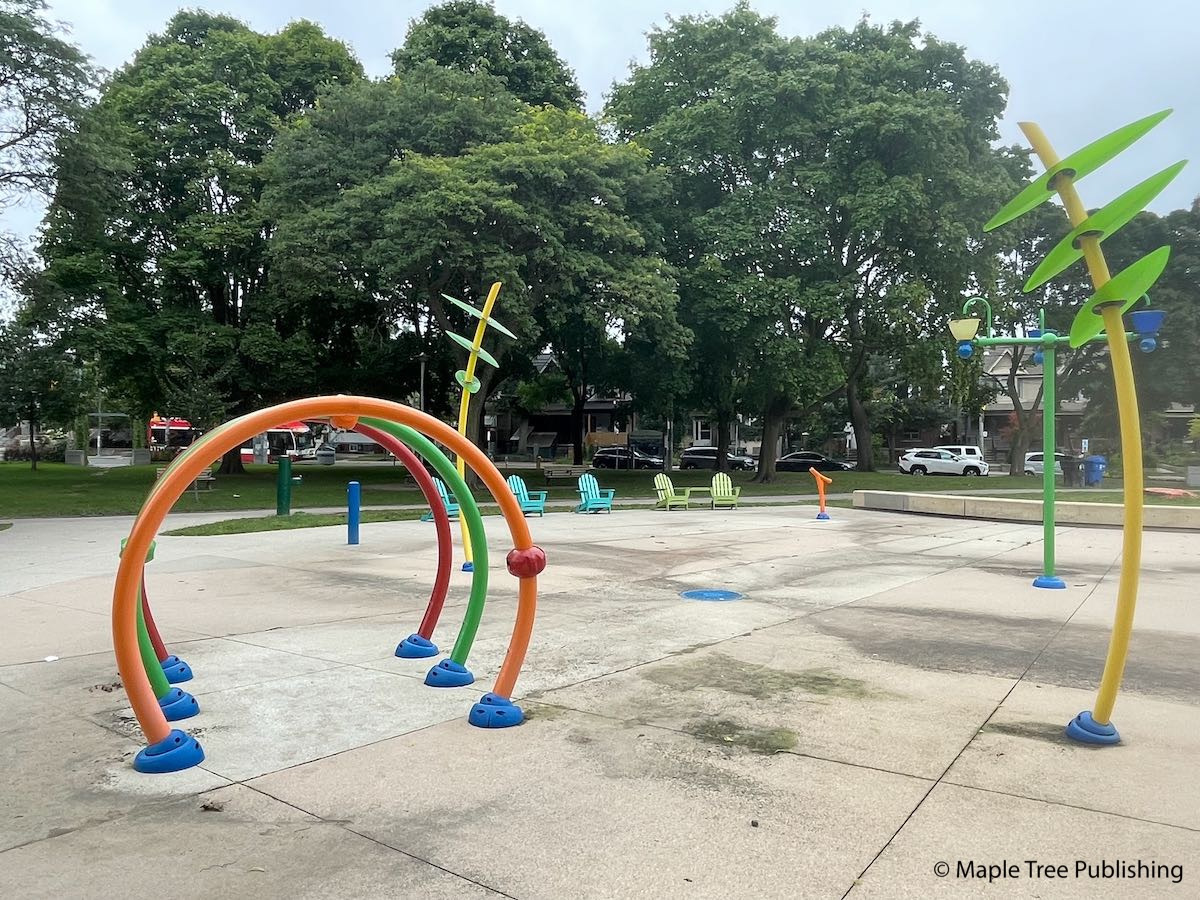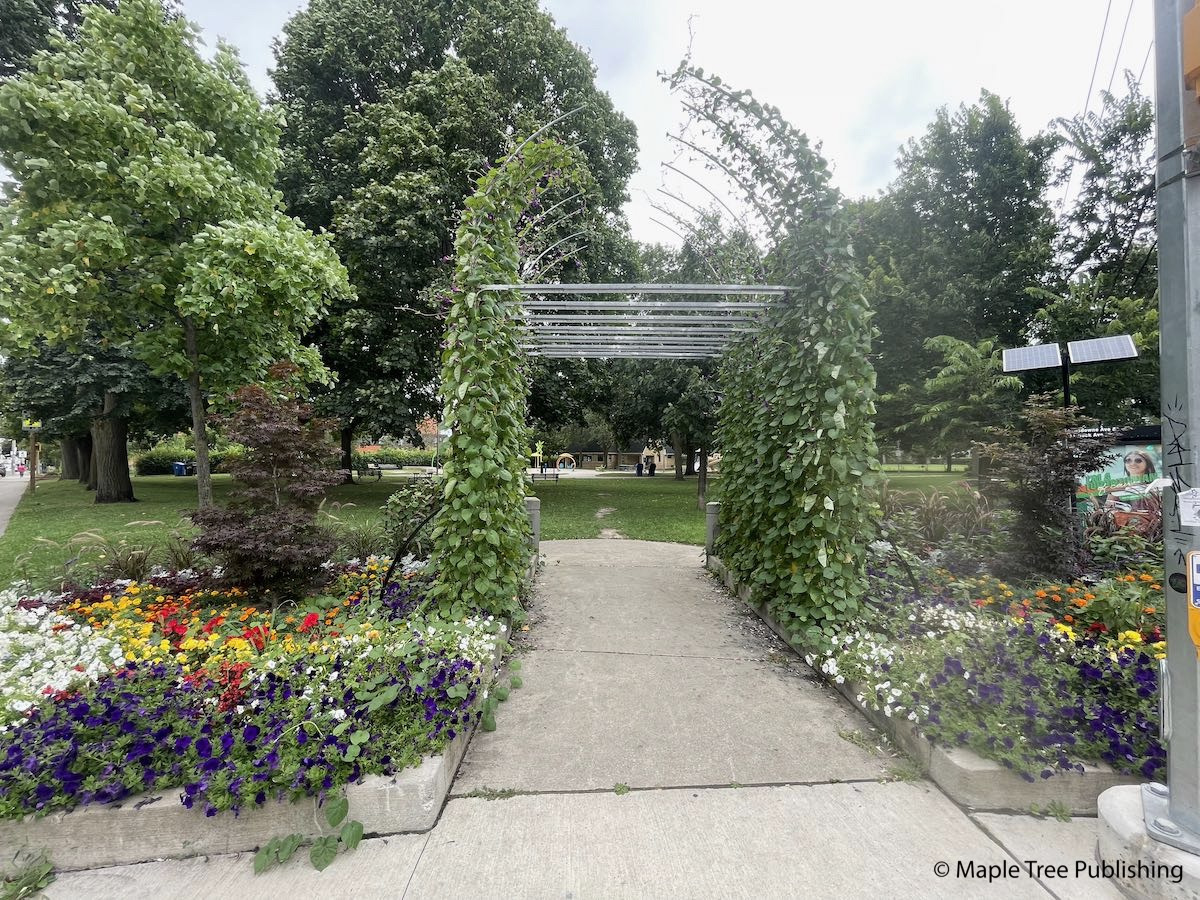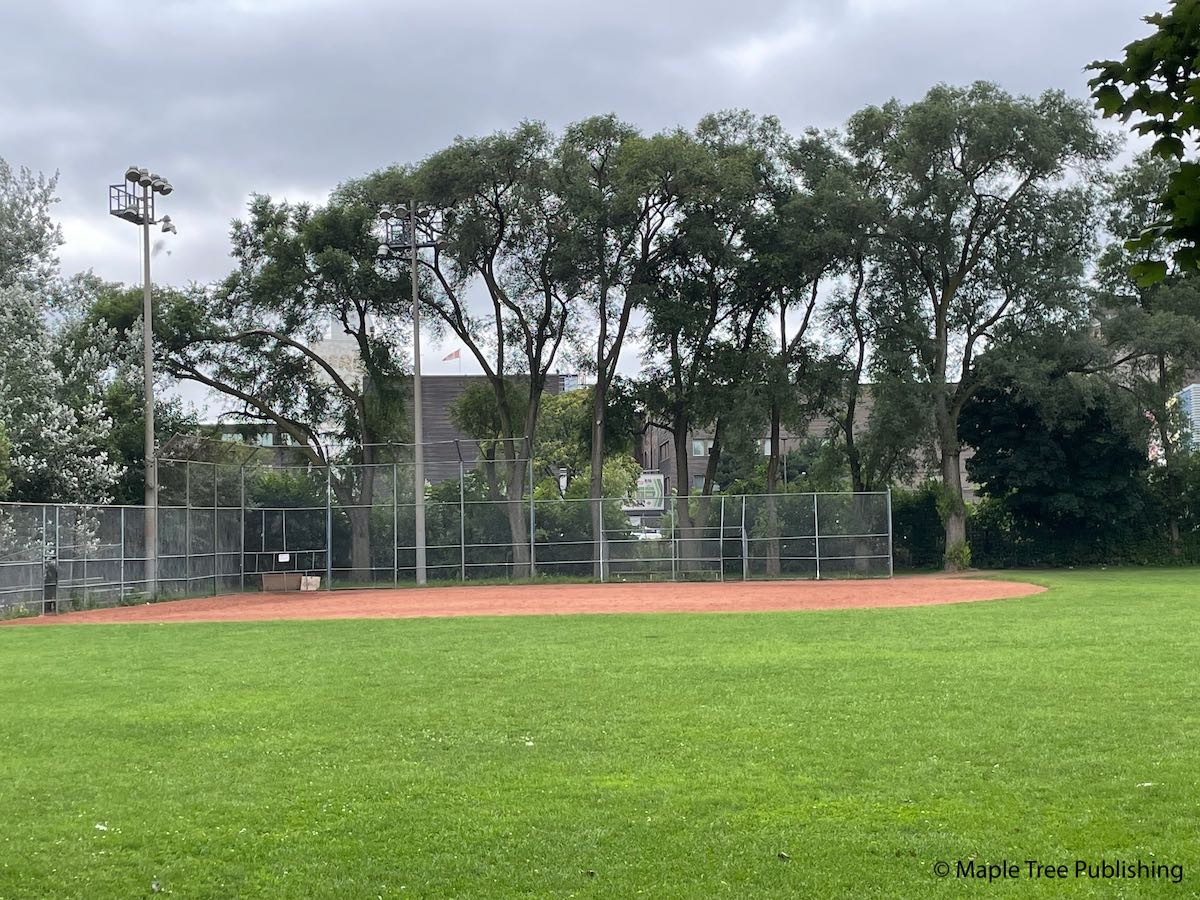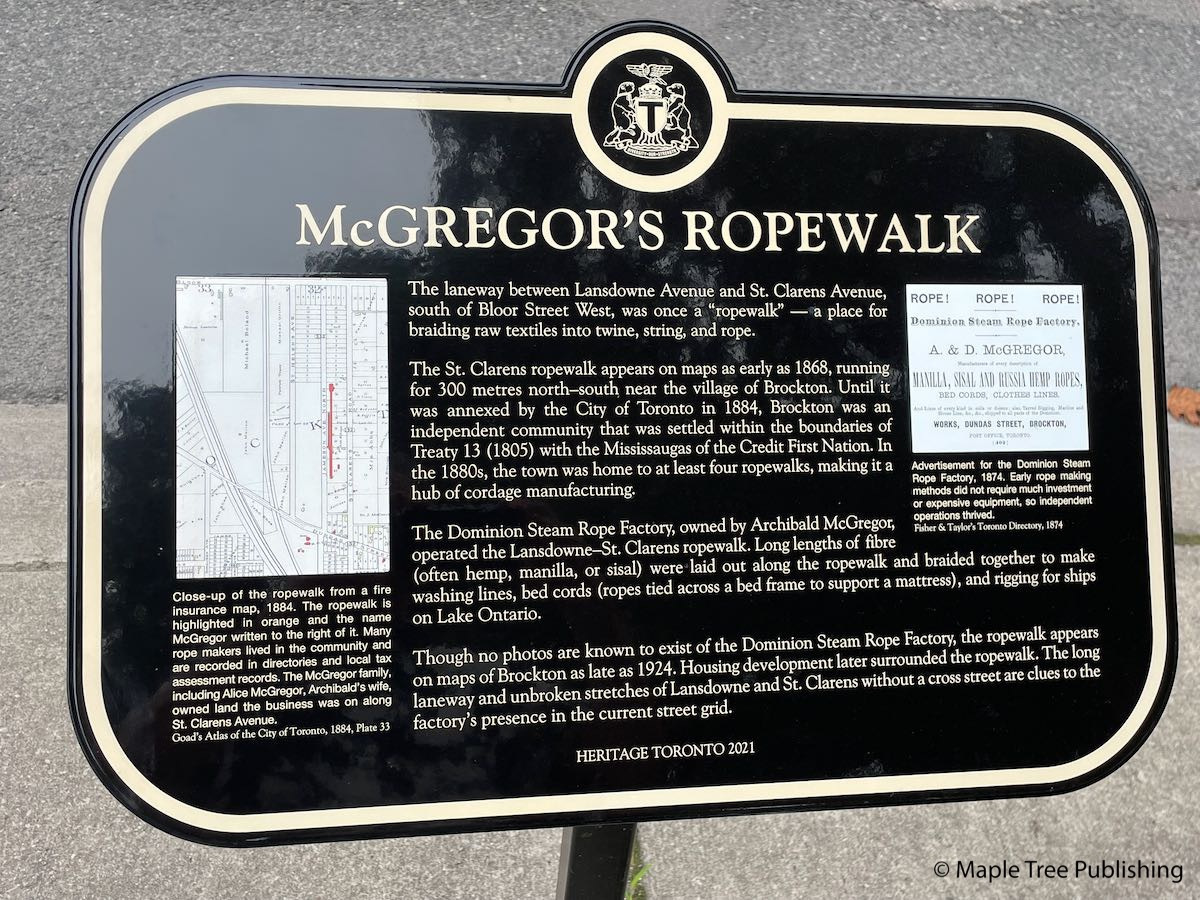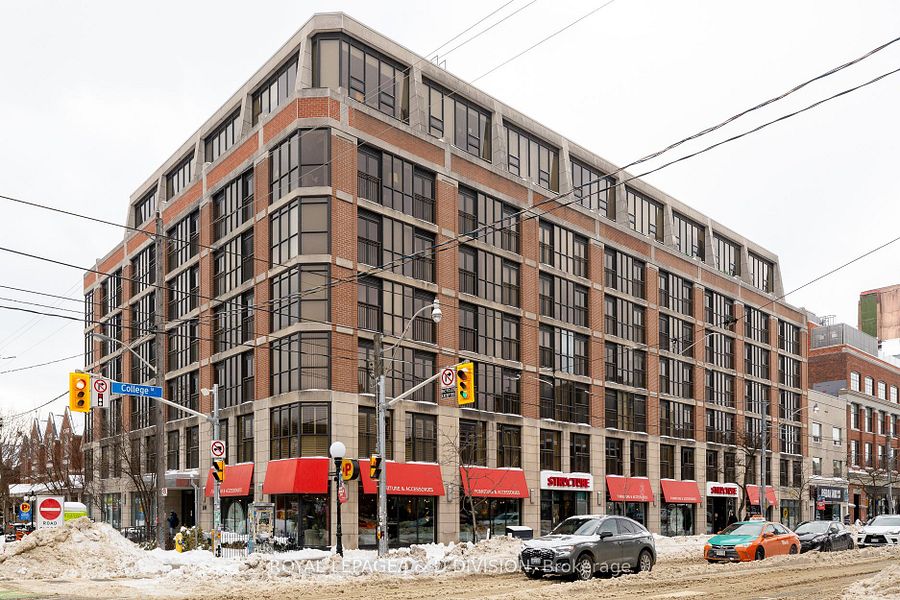Brockton Village
History:
The Village of Brockton was likely named after Captain James Brock, who held a large parcel of land in this area in the early 1800’s. Captain Brock was a cousin of Sir Issac Brock, a Canadian war hero who fought in the War of 1812. Brockton was initially settled in the 1840’s by Irish immigrants. These first settlers found employment in Brockton’s two rope making factories. They also cultivated their land and tended to their livestock as a source of income. In 1881, Brockton was incorporated as a village. However, only three years after it’s incorporation Brockton had accumulated a large debt. Brockton’s financial troubles led the residents of the village to vote in favour of amalgamation with the City of Toronto. This merger became official on March 25th, 1884.
Ed Note: The Village of Brockton Town Hall, built in 1882, is still standing on the south-west corner of Dundas Street and Brock Avenue. This historic building is now being used as a retail store.
Overview:
Brockton Village is a pretty neighbourhood in west downtown Toronto. The streetscapes are lined with a mature tree canopy and many colourfully painted Victorian homes. Brockton’s commercial core along Dundas Street features metal street signs with the words “Village of Brockton”, serving as a reminder of the proud history of this neighbourhood. The Little Portugal Business Improvement Area along Dundas Street has a wide assortment of bakeries, restaurants and shops with a local clientele. Neighbourhood landmarks include St. Helen’s Parish a Gothic Revival style church built in 1909 and the McCormick Park Playground and Arena, a cherished community hub that is the site of many community based events.
Lifestyle:
Little Portugal along Dundas Street West—from Lansdowne to Shaw, features a fun streetscape consisting of
public murals, boutique stores, unique bars, great restaurants, music venues, professional services, art galleries, and grocery and convenience stores that collectively reflect the vitality of this west-end neighbourhood.
Homes:
The majority of Brockton Village houses were built between 1880 and 1920. There are many types of homes here, but the most common is the Victorian semi-detached, or row house. Many of the houses are painted with a cheerful pastel palette. These homes typically feature a spacious front porch with architectural columns. Beautifully maintained gardens are dressed up with wrought iron railings. The houses are fairly narrow, and so are the lots. Parking is accessed from laneways at the rear of the properties.
Recreation:
The annual Big On Bloor street festival held in July is a popular community event. It takes place on Bloor Street between Dufferin and Landsdowne and is a celebration of local artists, theatre, musicians, and local restaurants. This festival includes an art fair, music festival, restaurant promotions, and a parade with entertainment for the whole family.
The McCormick Recreation Centre has a gymnasium, an exercise room, a games room, and an indoor pool. The playground adjacent to the centre has a wading pool and a baseball diamond.
Dufferin Grove Park has a myriad of sports facilities including tennis courts, a basketball court, a playing field, and an artificial ice rink. This park also offers some wonderful arts and crafts and nature programs.
Transportation:
Regular bus service on Landsdowne Avenue and Dufferin Street connect passengers to stations on the Bloor-Danforth subway line. The streetcar lines on Dundas Street and College Avenue connect commuters to Toronto’s downtown business and commercial districts.
Motorists are approximately fifteen minutes from the Gardiner Expressway and Lake Shore Boulevard, via Dufferin Street.
Featured Listings
Toronto
Trinity Bellwoods
Brockton Village Stats
Walkability:
High
Bikeability:
Low
Public Transit:
Medium
Affordability:
Medium
Recreation:
Low
Legend: Low, Medium, High
Commute Times
* All commuting times provided are approximate times only. Commute times may increase or decrease depending on where you live within the neighbourhood and the time of day i.e rush hour versus off hour commutes. Time estimates to public transit are based on walking distance or bus line connection whichever is quicker. All other commute times on the chart above are based on drive times.
School Guide
No Records Found
Sorry, no records were found. Please adjust your search criteria and try again.
Google Map Not Loaded
Sorry, unable to load Google Maps API.
Toronto School Resources

Editor’s Note. BEFORE MOVING INTO, BUYING OR RENTING A HOME, PLEASE CONTACT THE SCHOOL YOU ARE CONSIDERING BY PHONE to ensure your home is within the designated boundaries and that your child is age appropriate. WE CANNOT BE HELD RESPONSIBLE FOR ANY MISINFORMATION REGARDING SCHOOL ENROLLMENT SO DO NOT ASSUME that your child can automatically attend a specific school or specialized program until you have official confirmation from that school. Please visit the school board web sites for more information.
